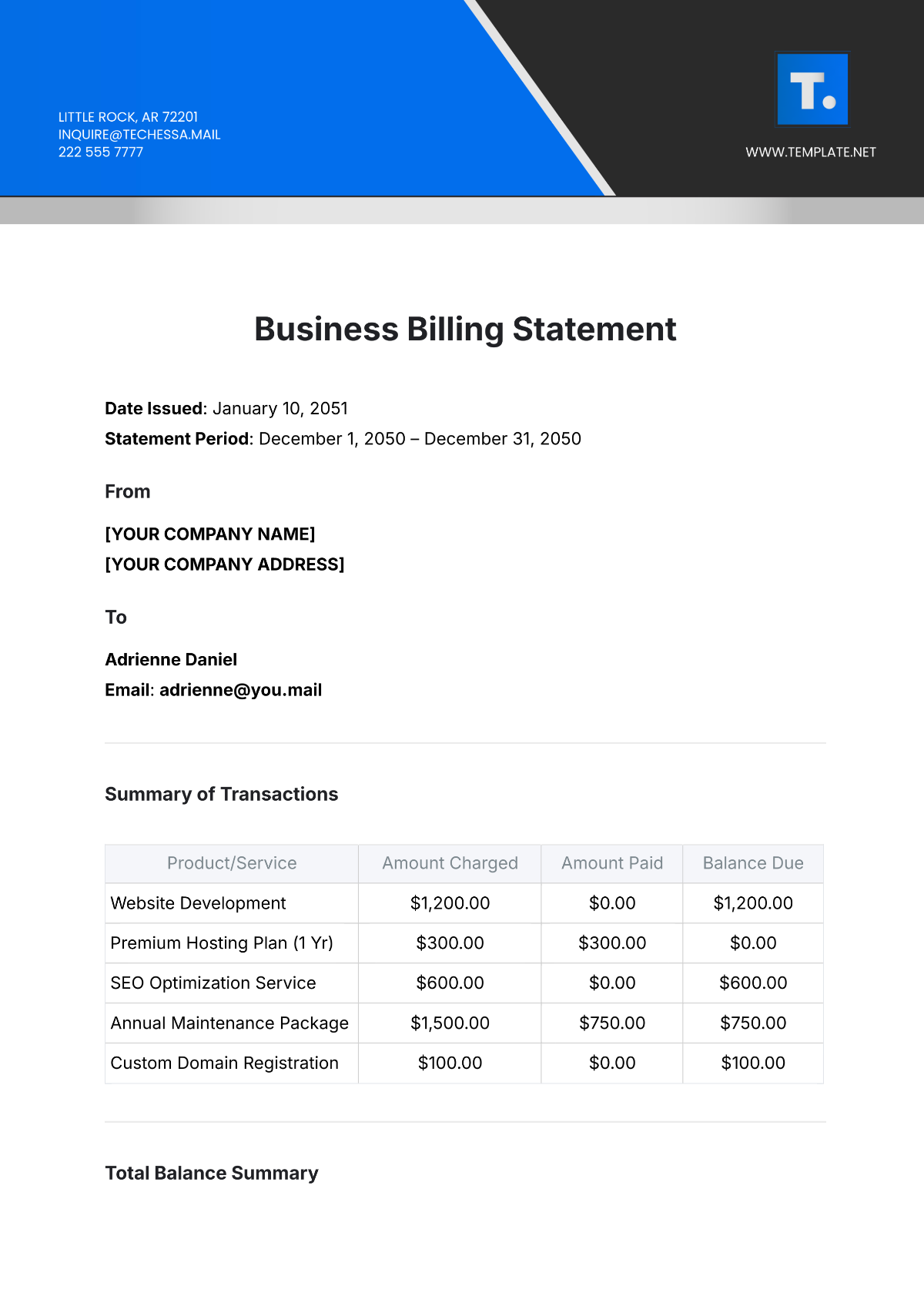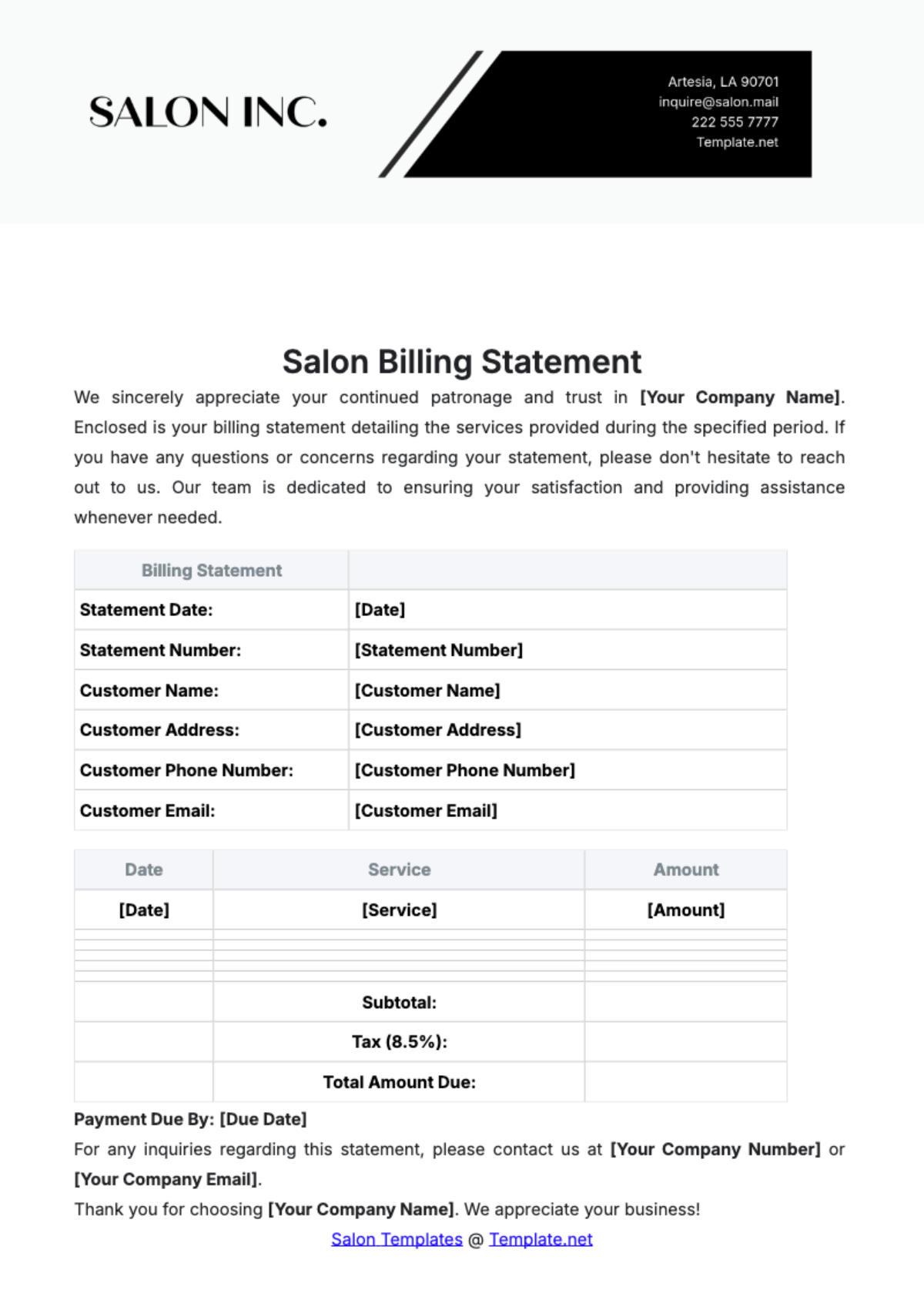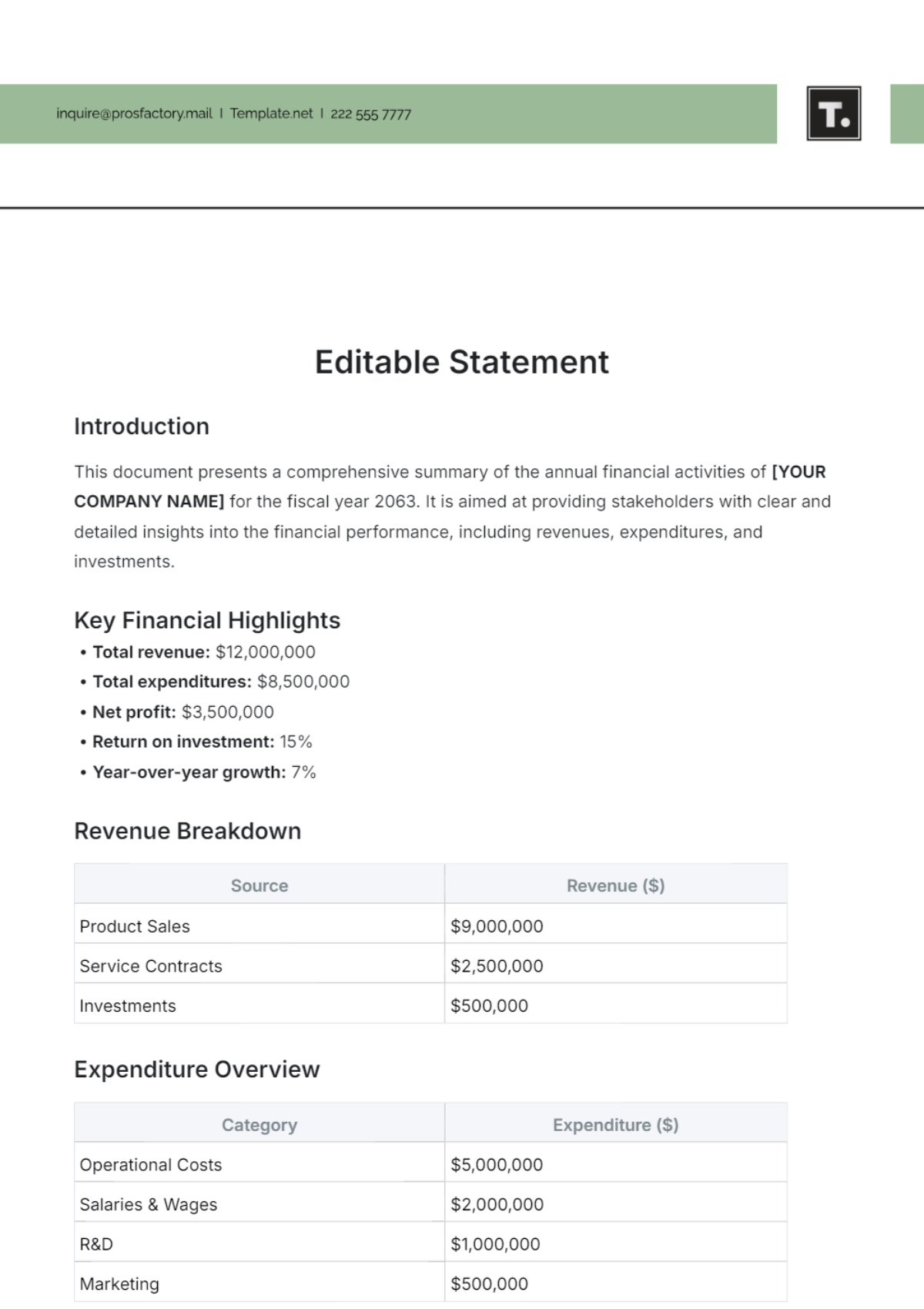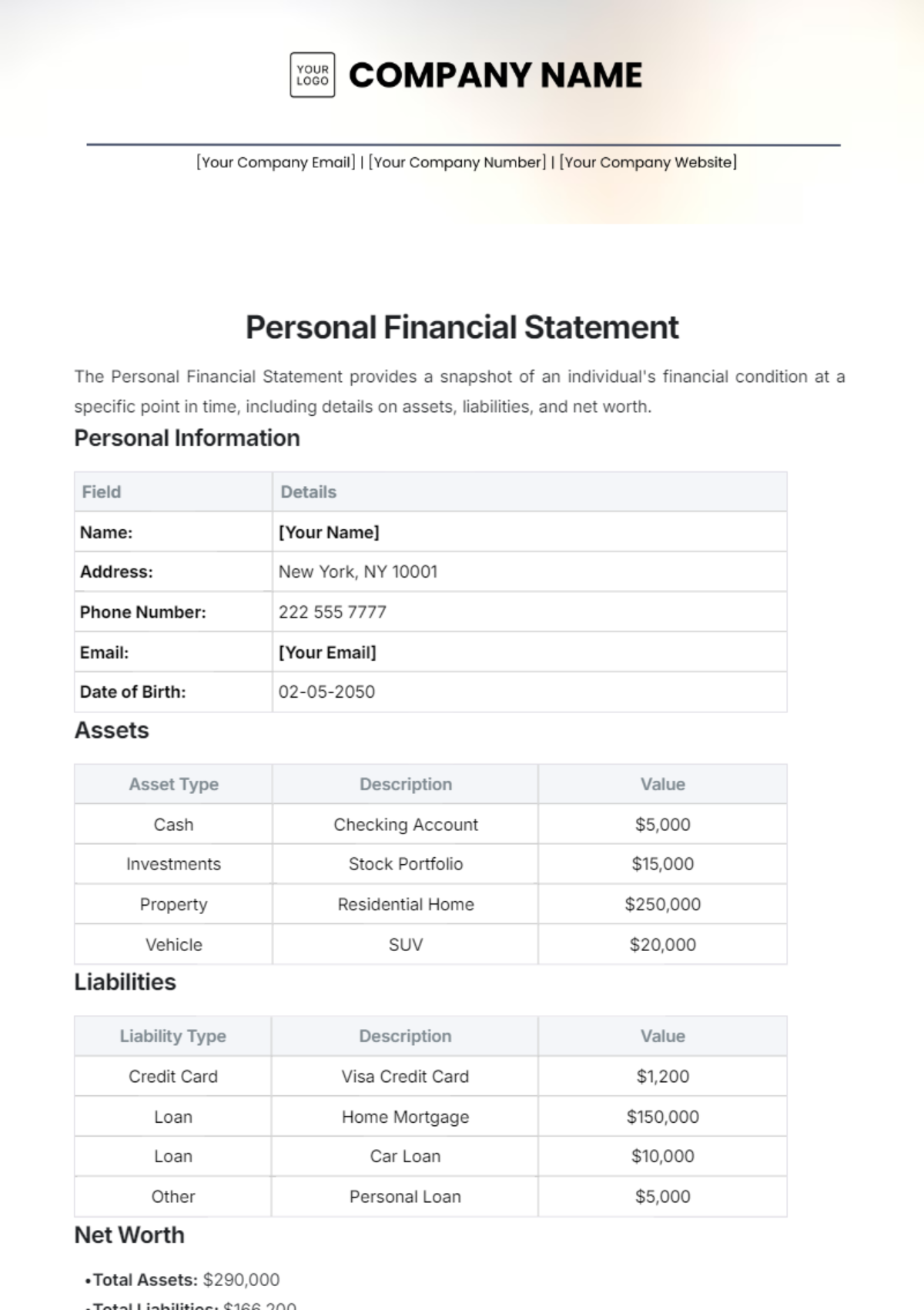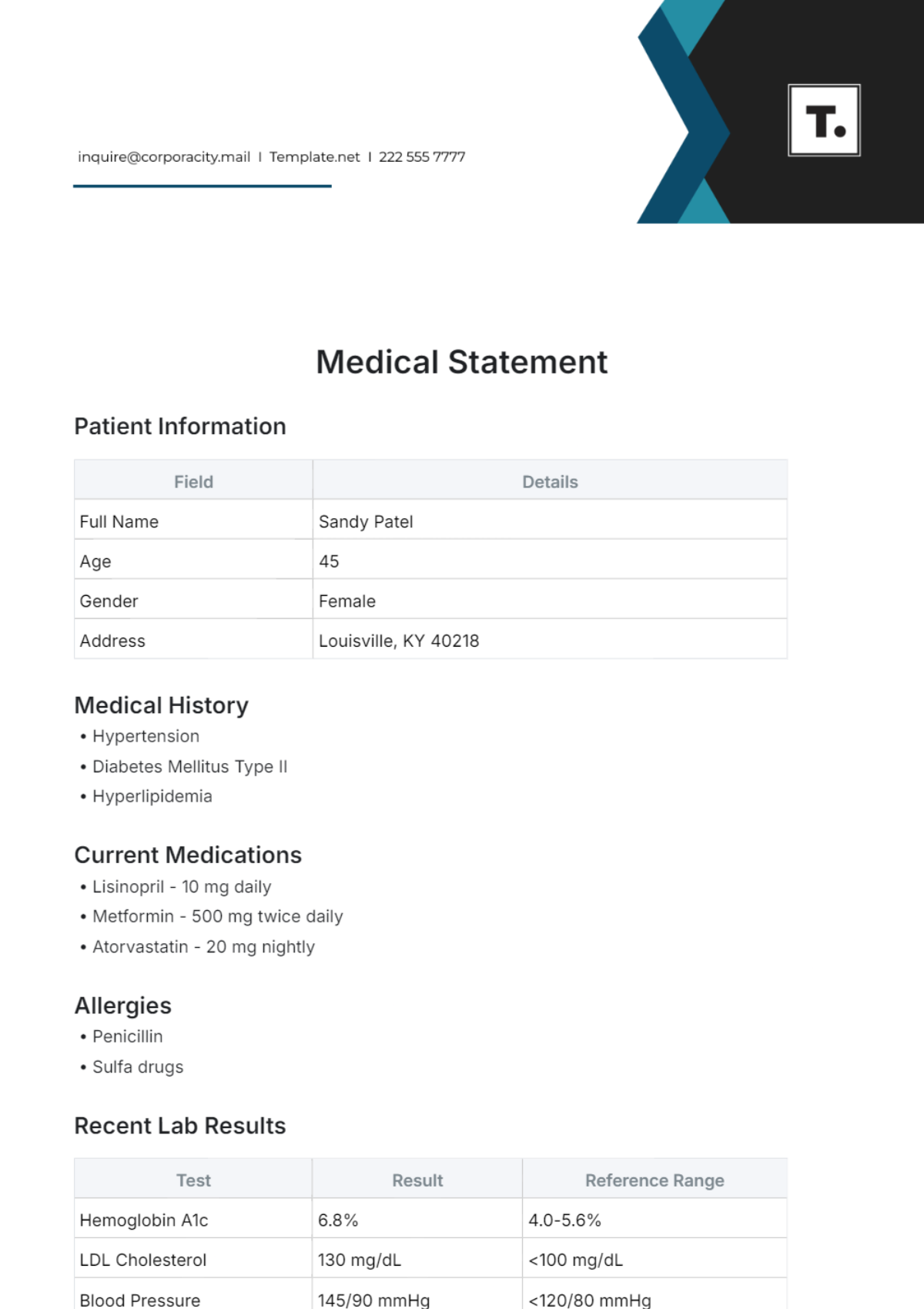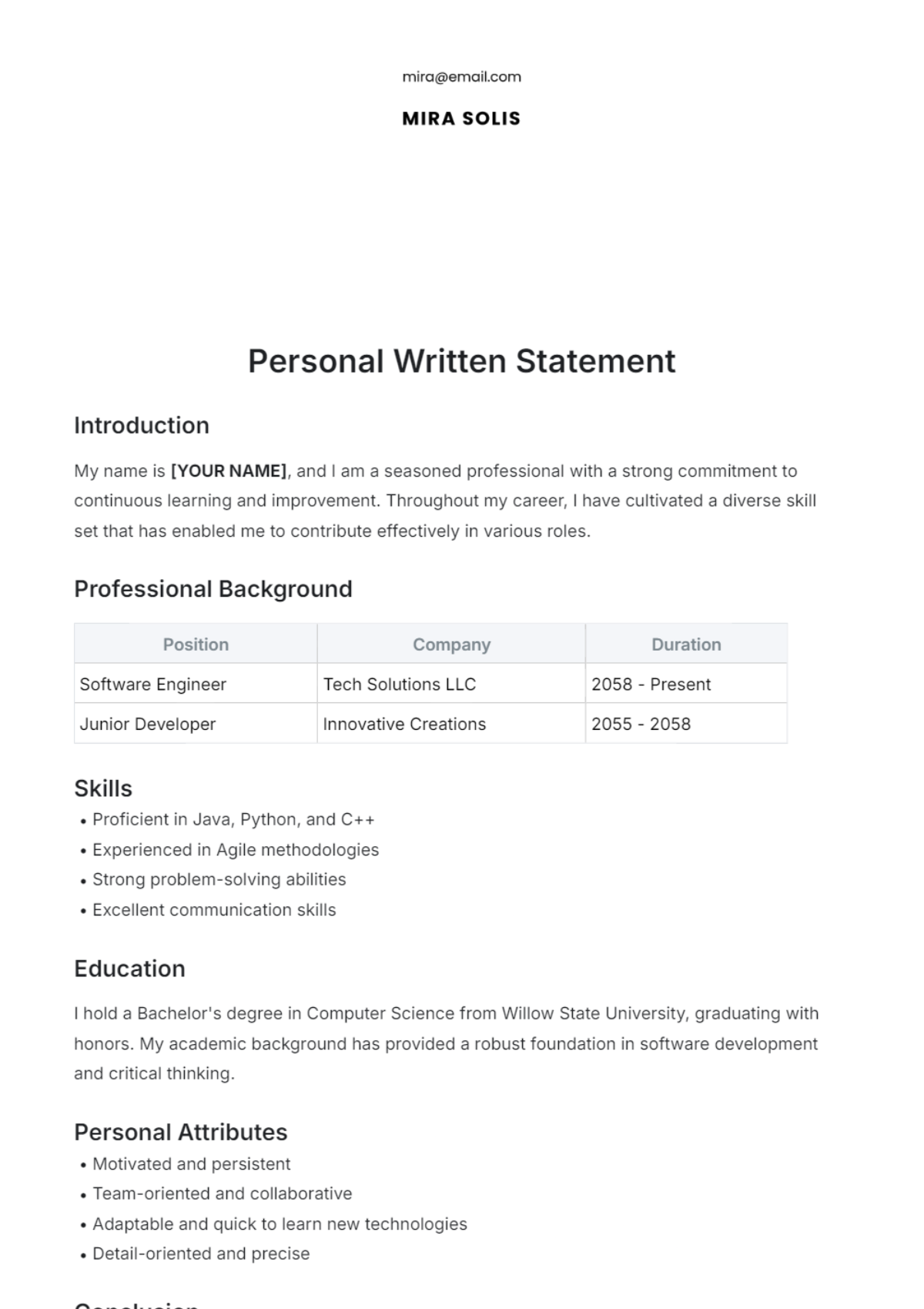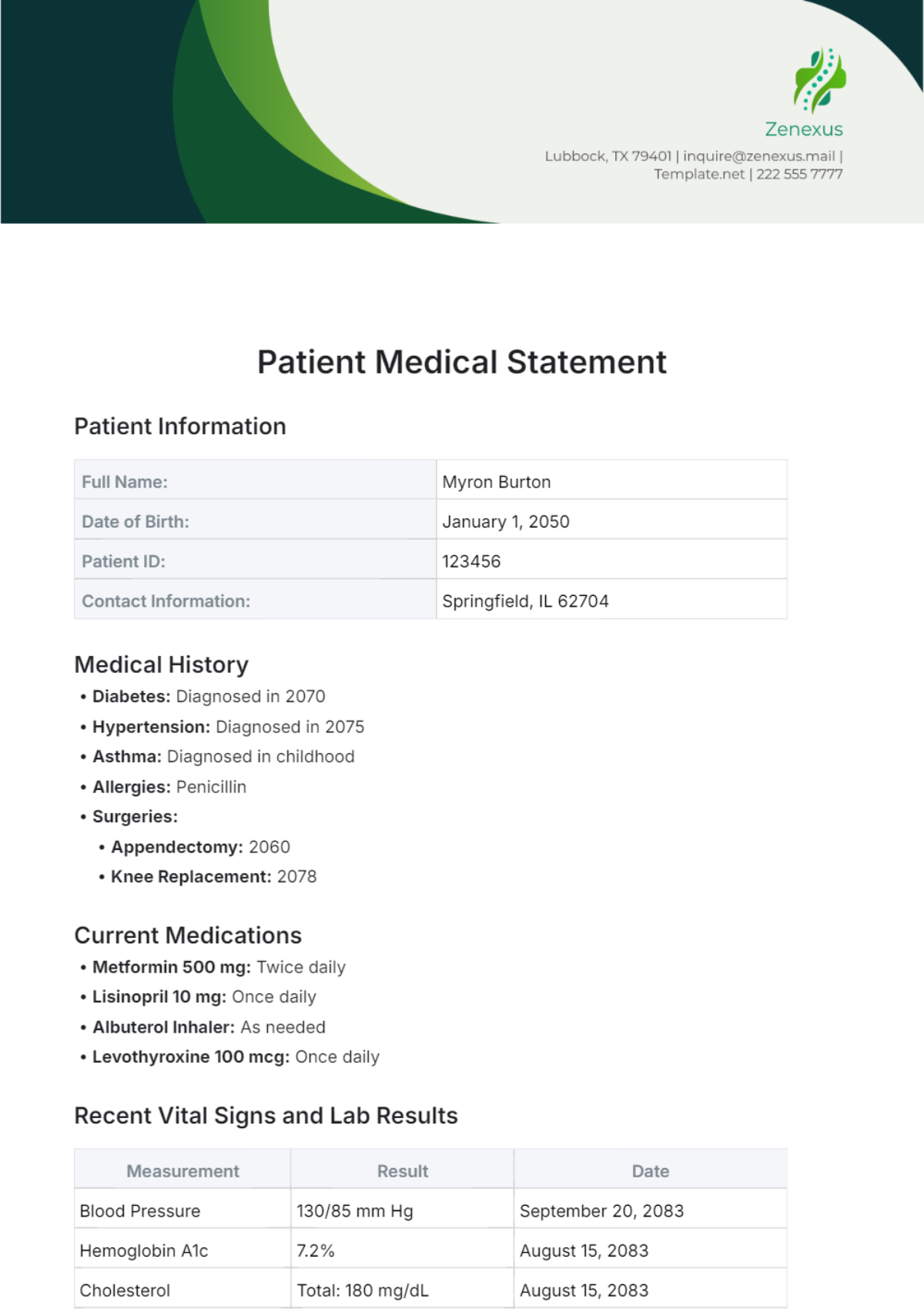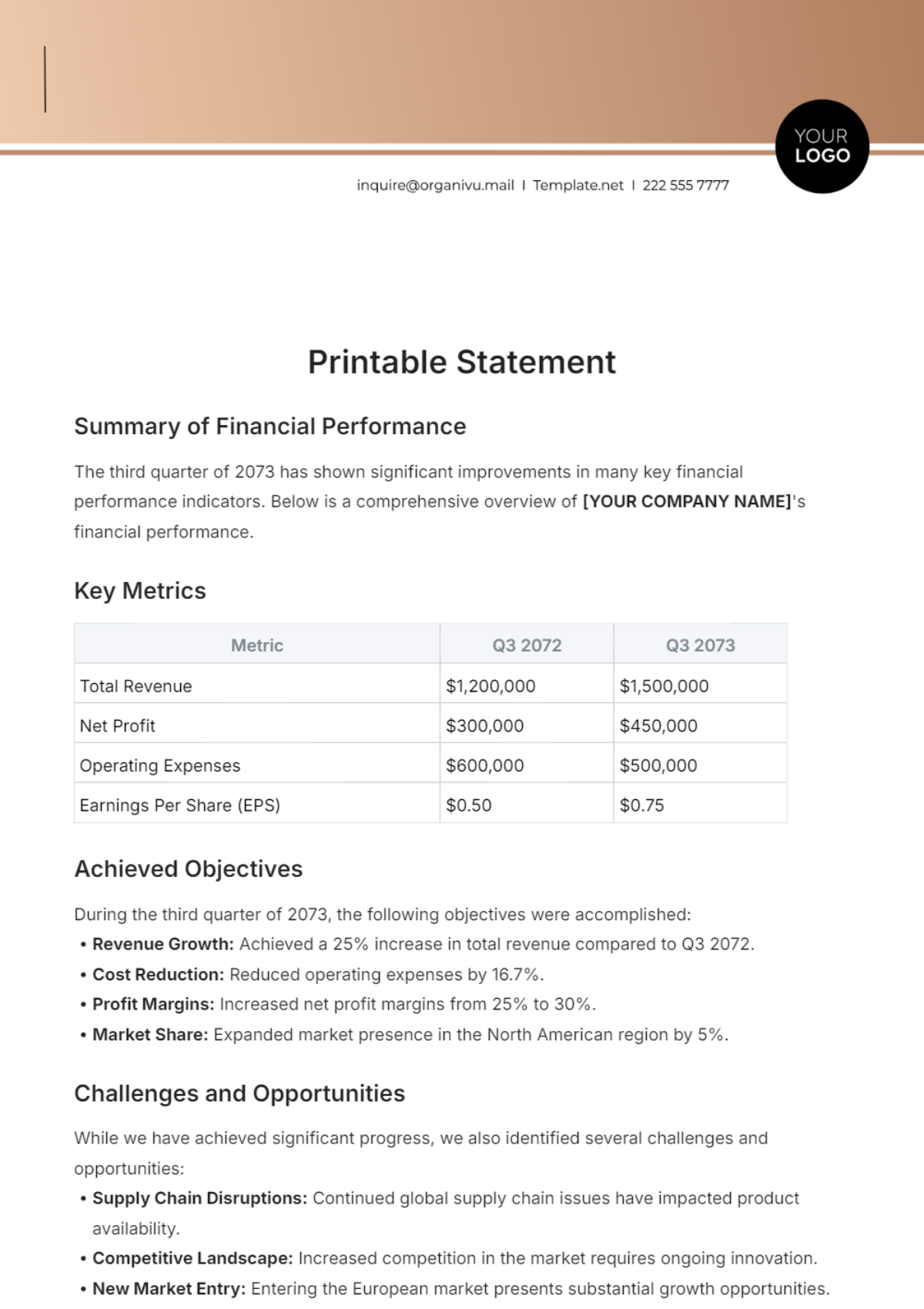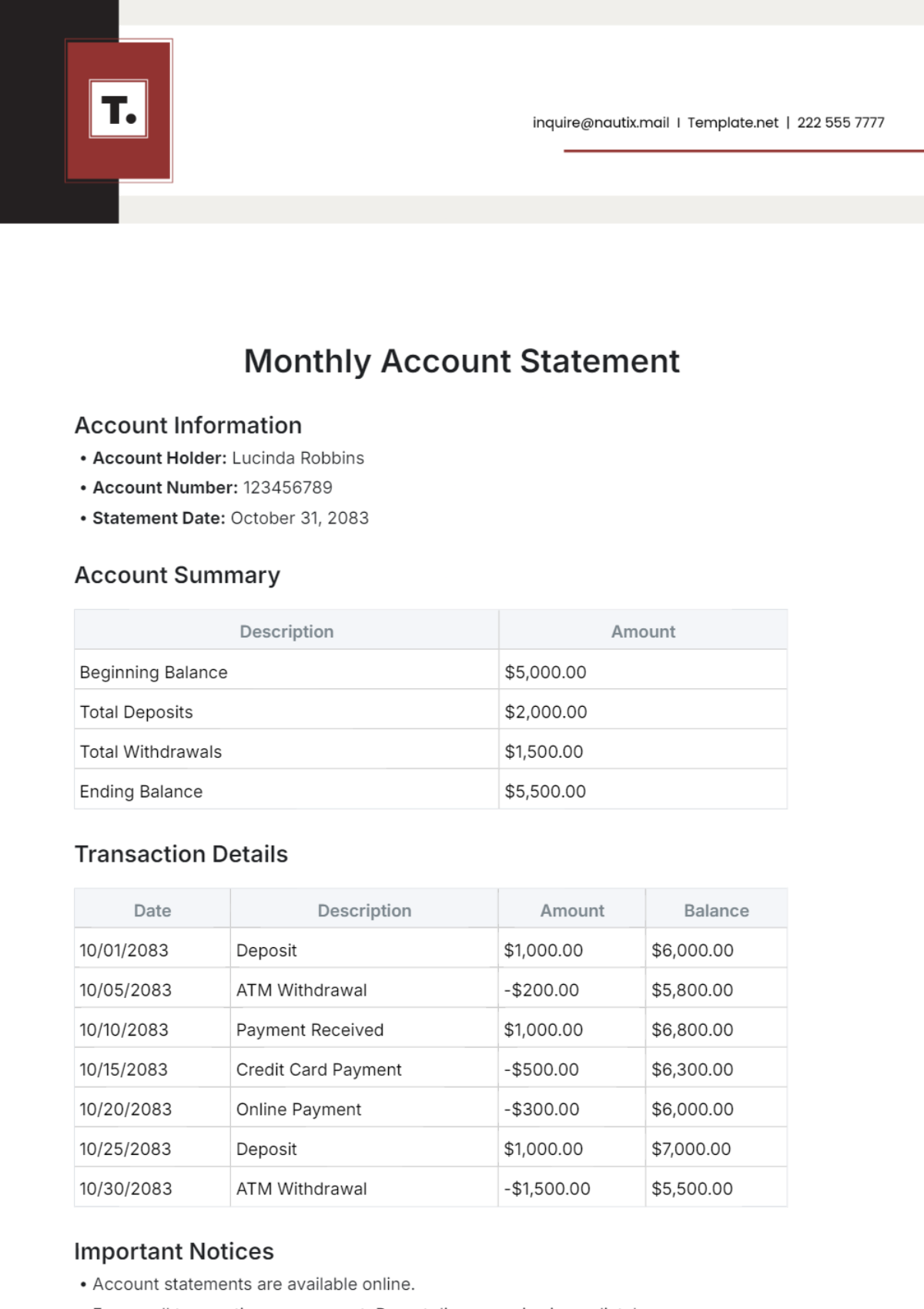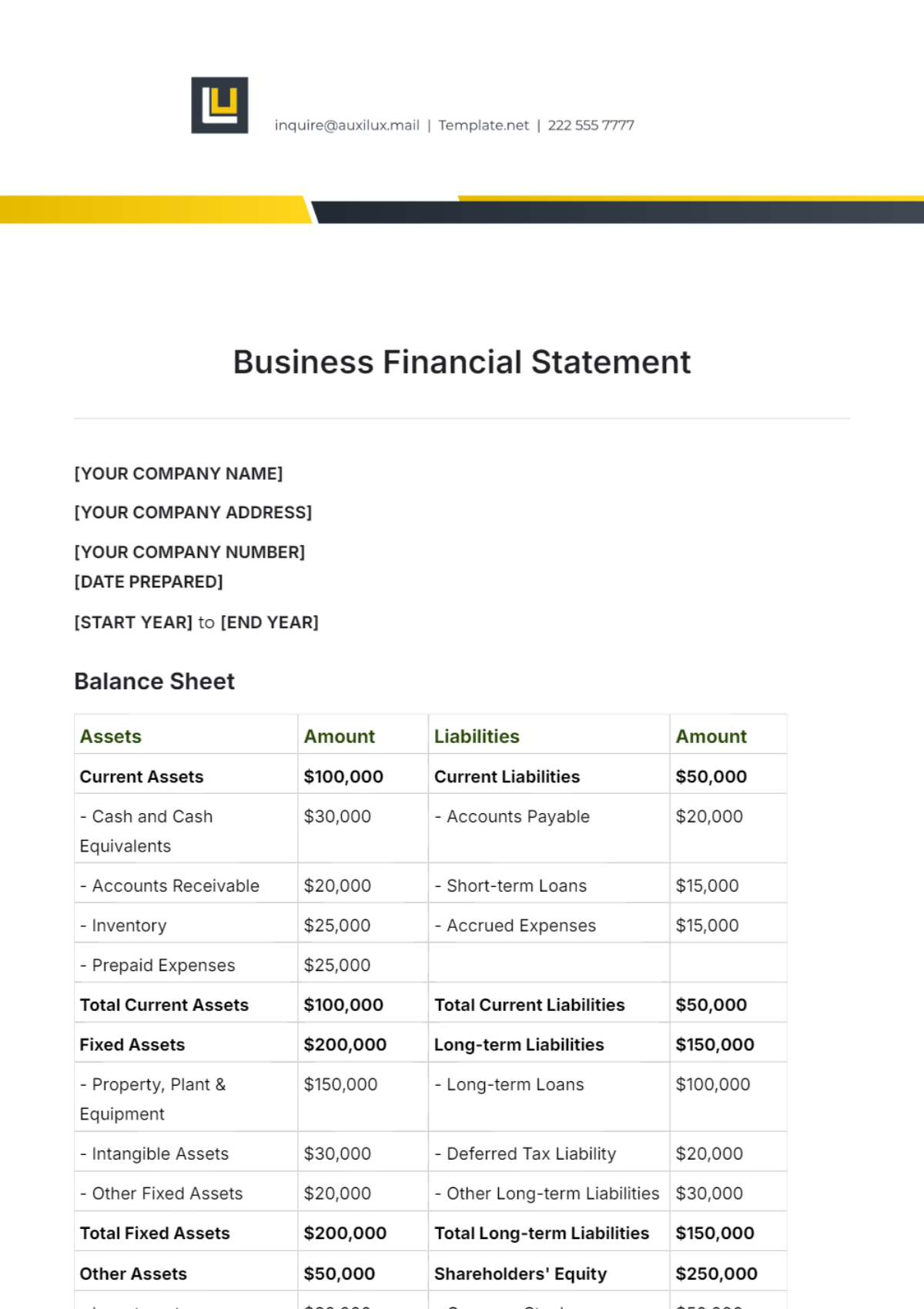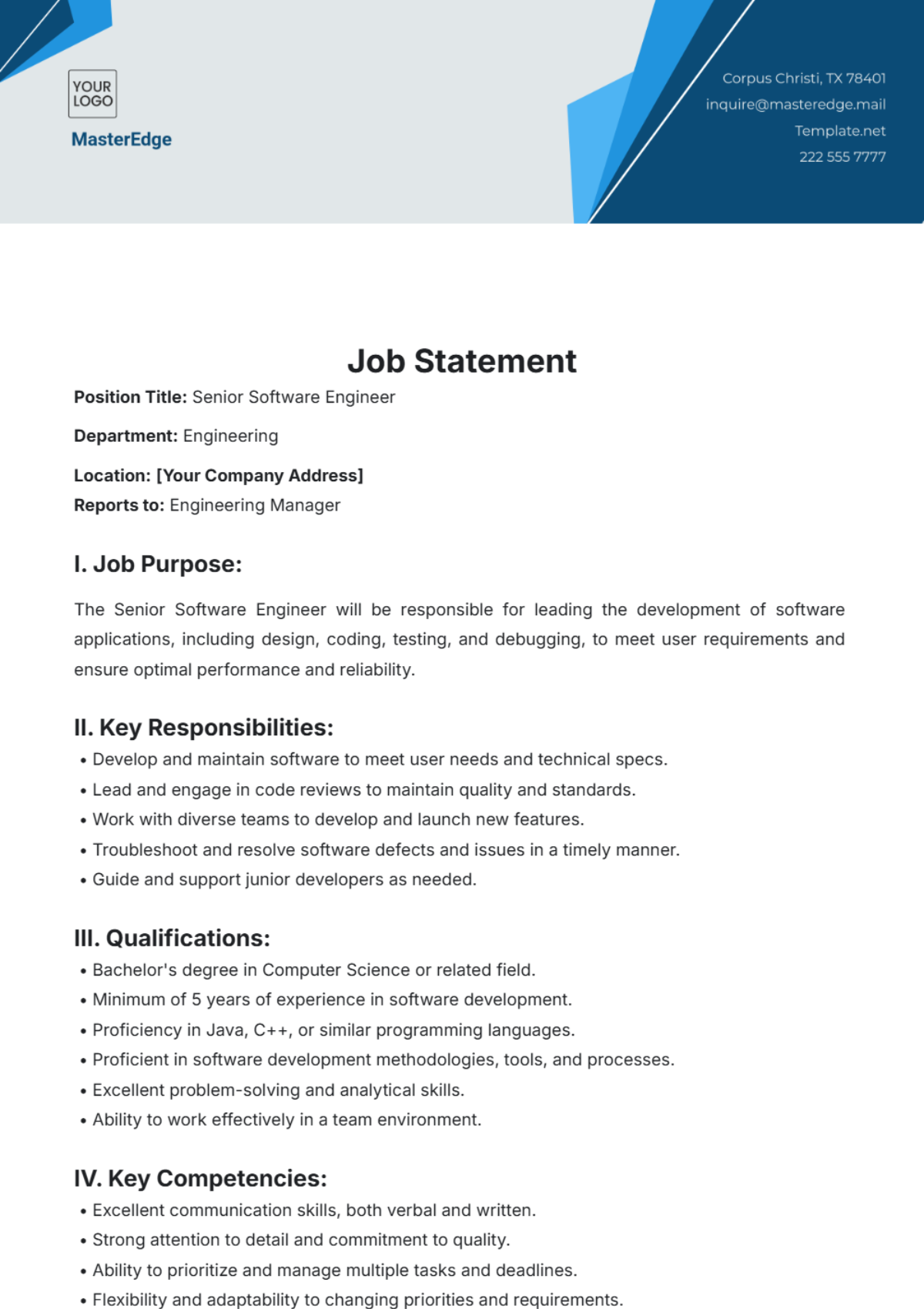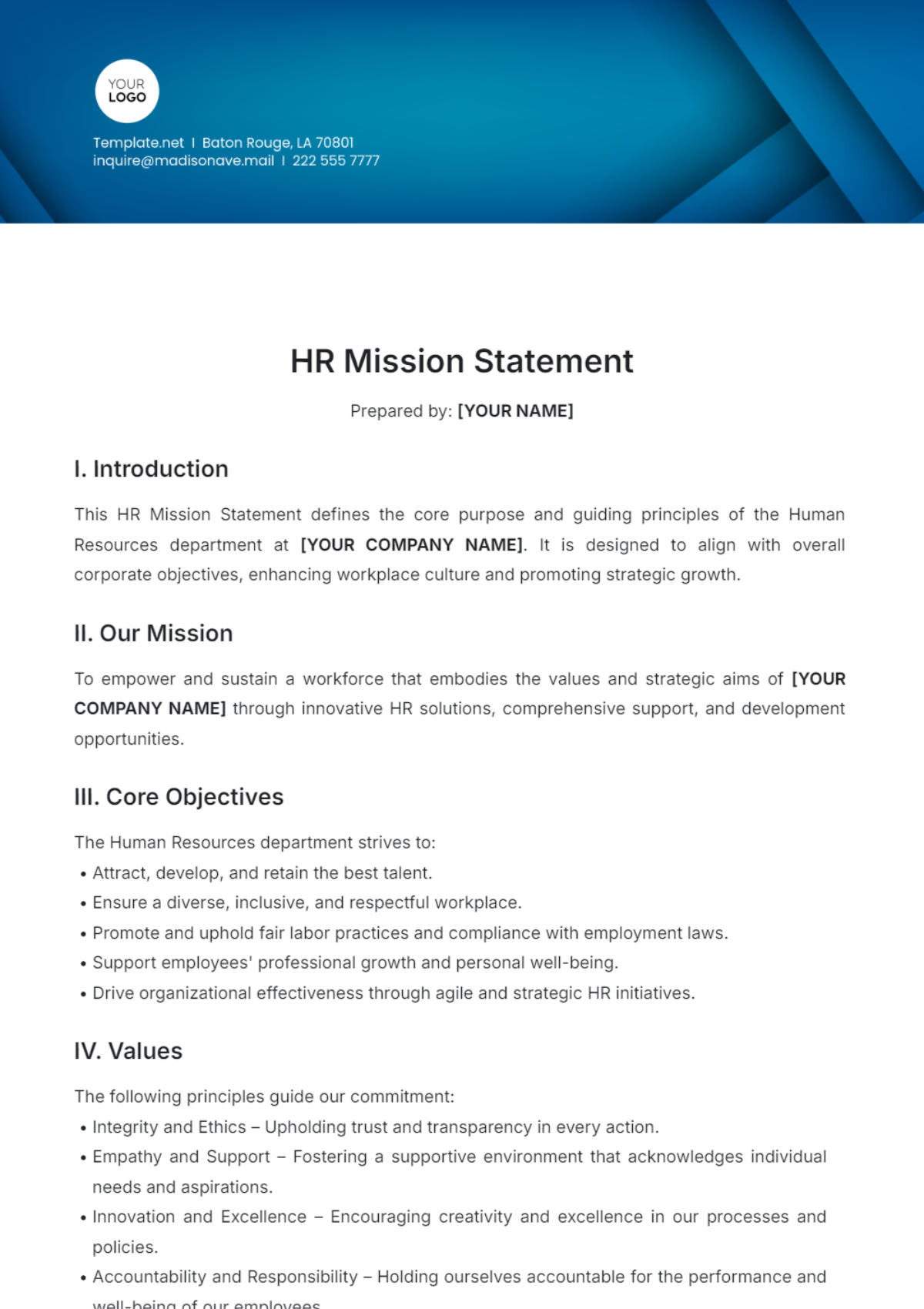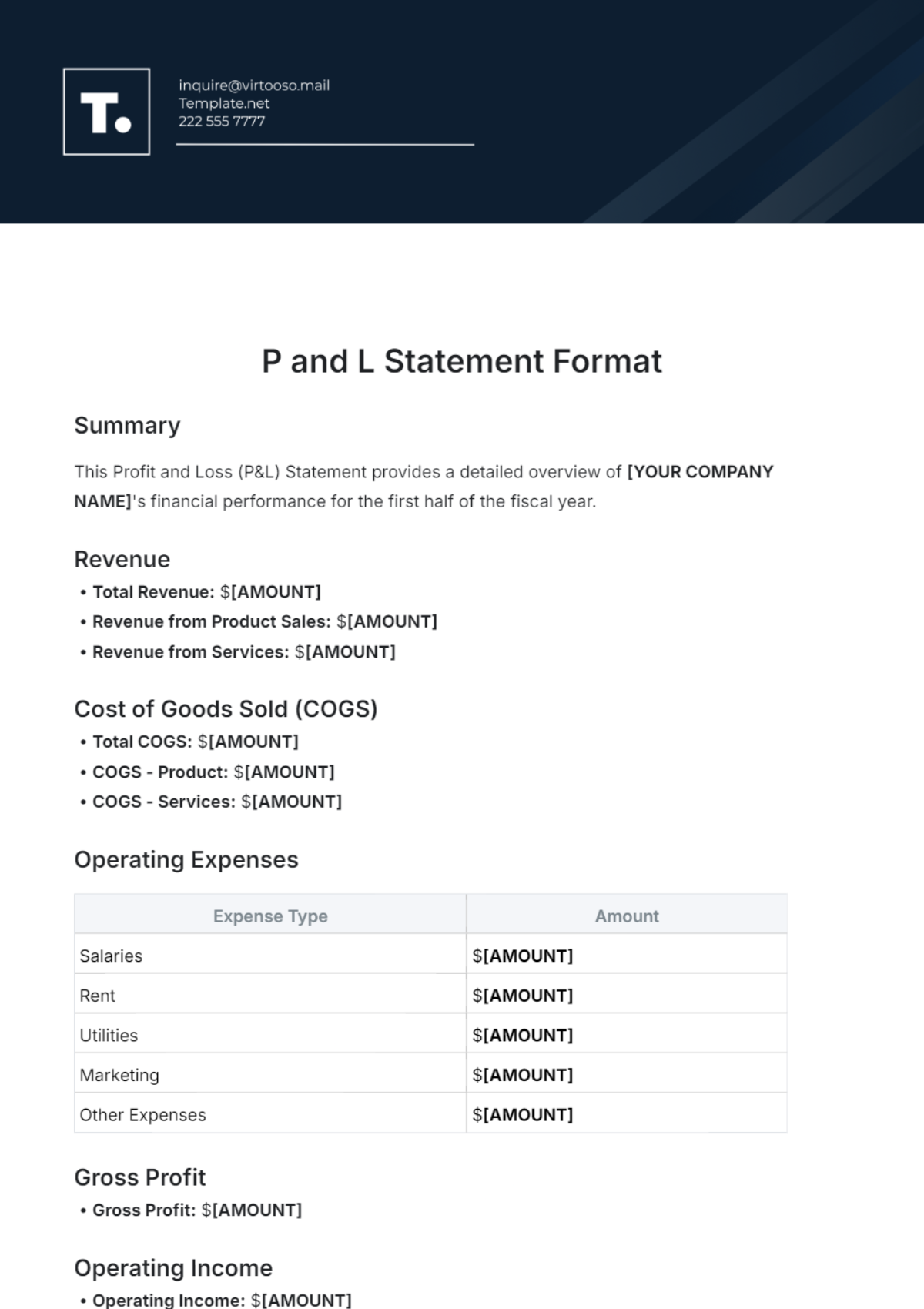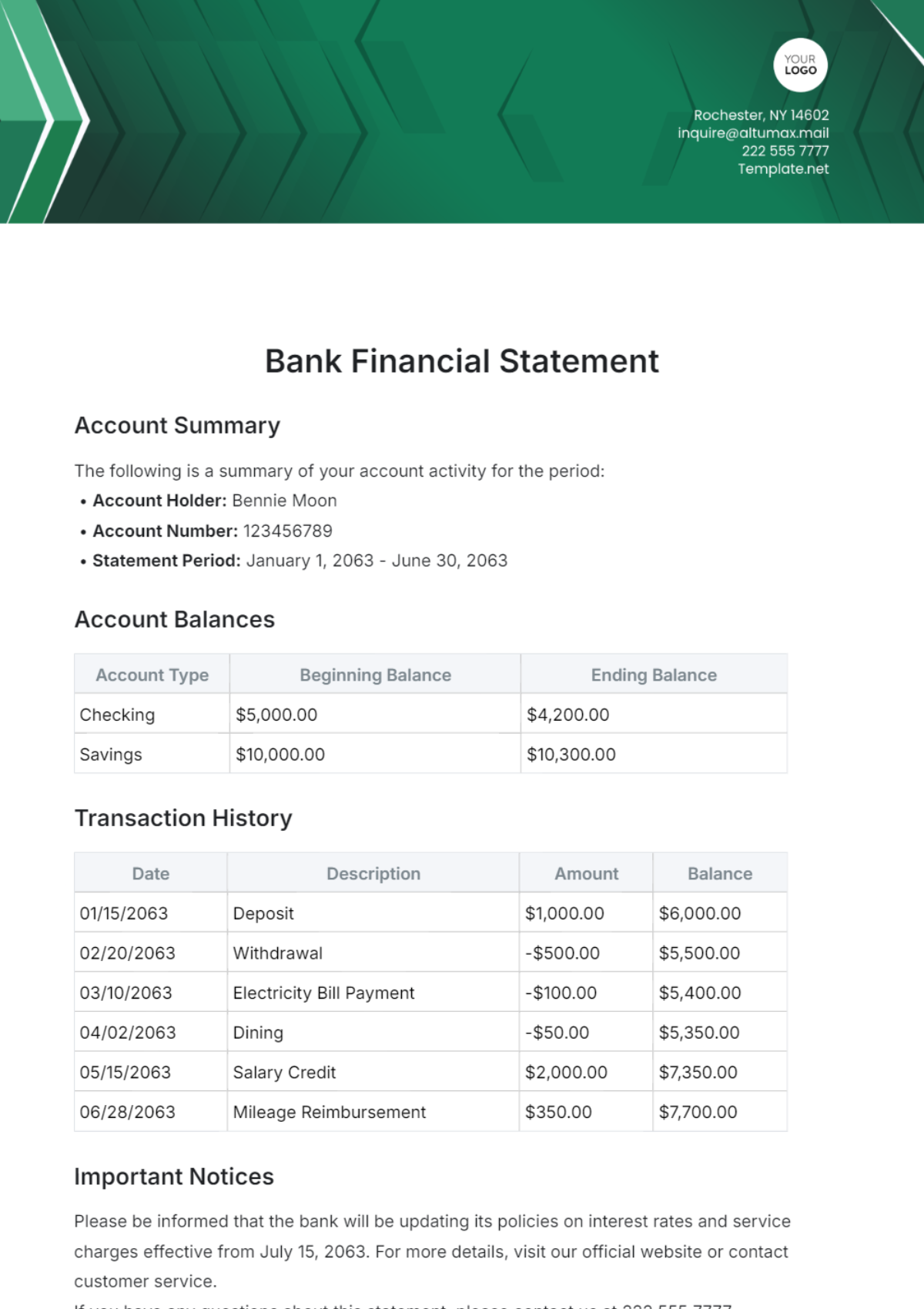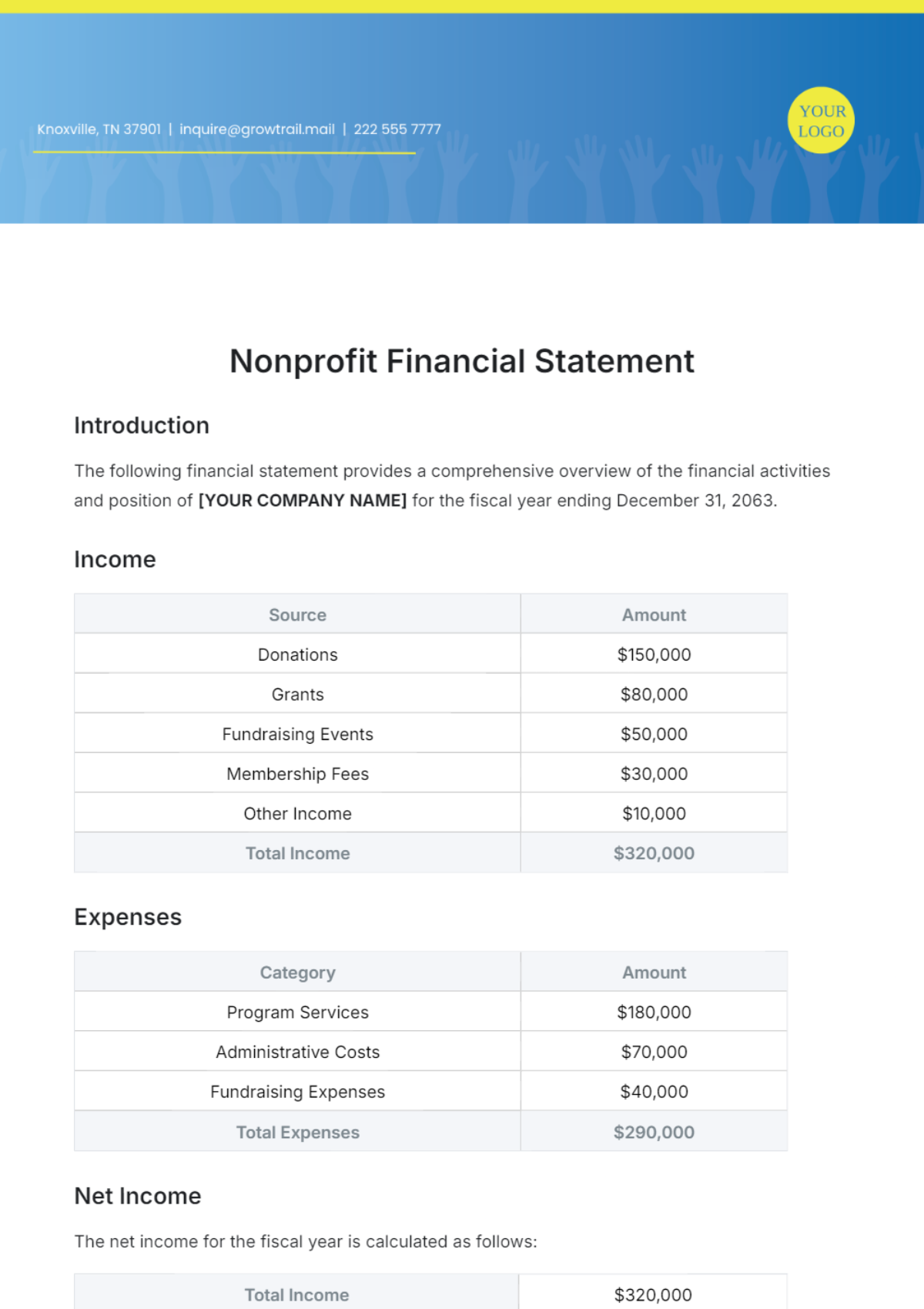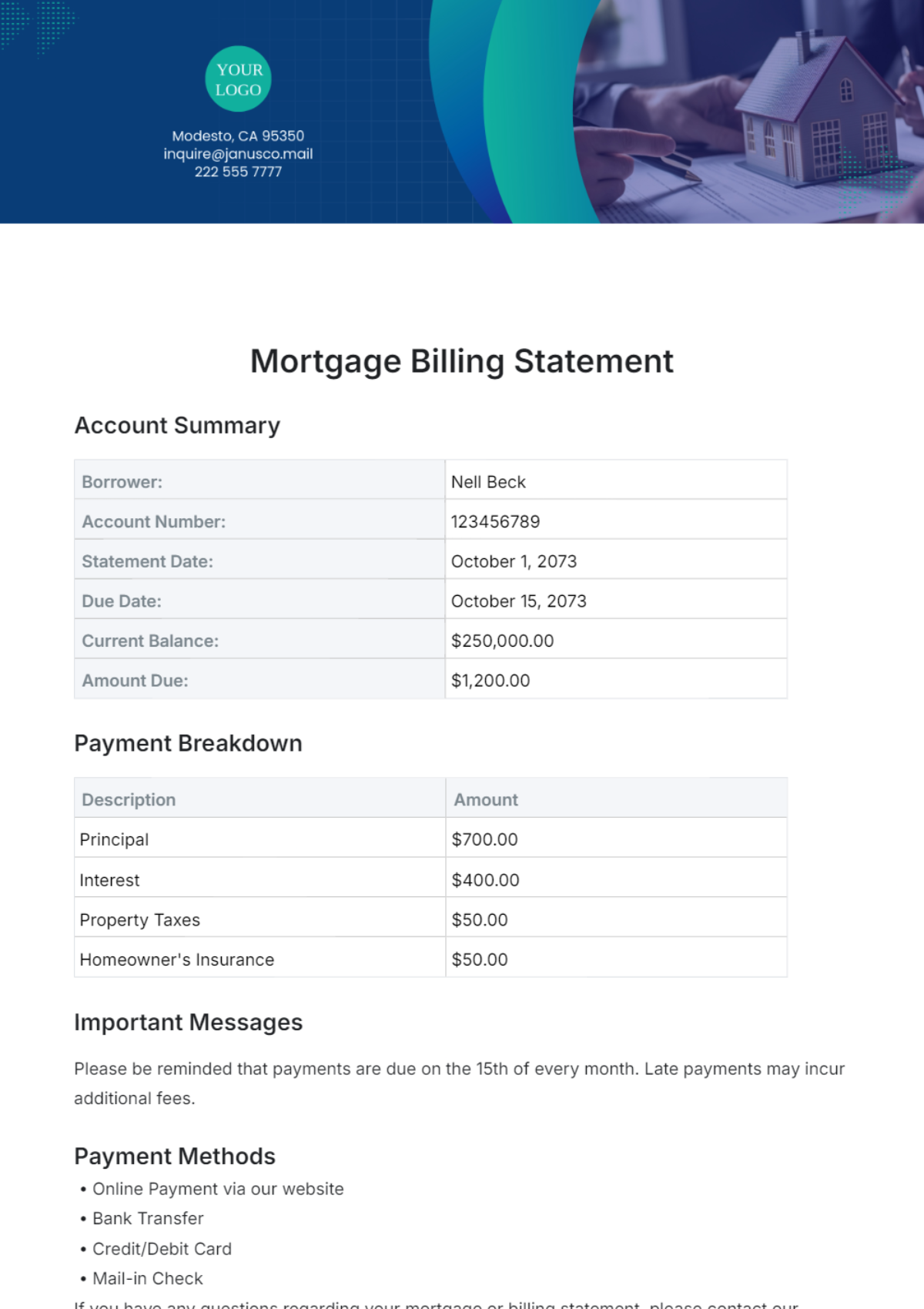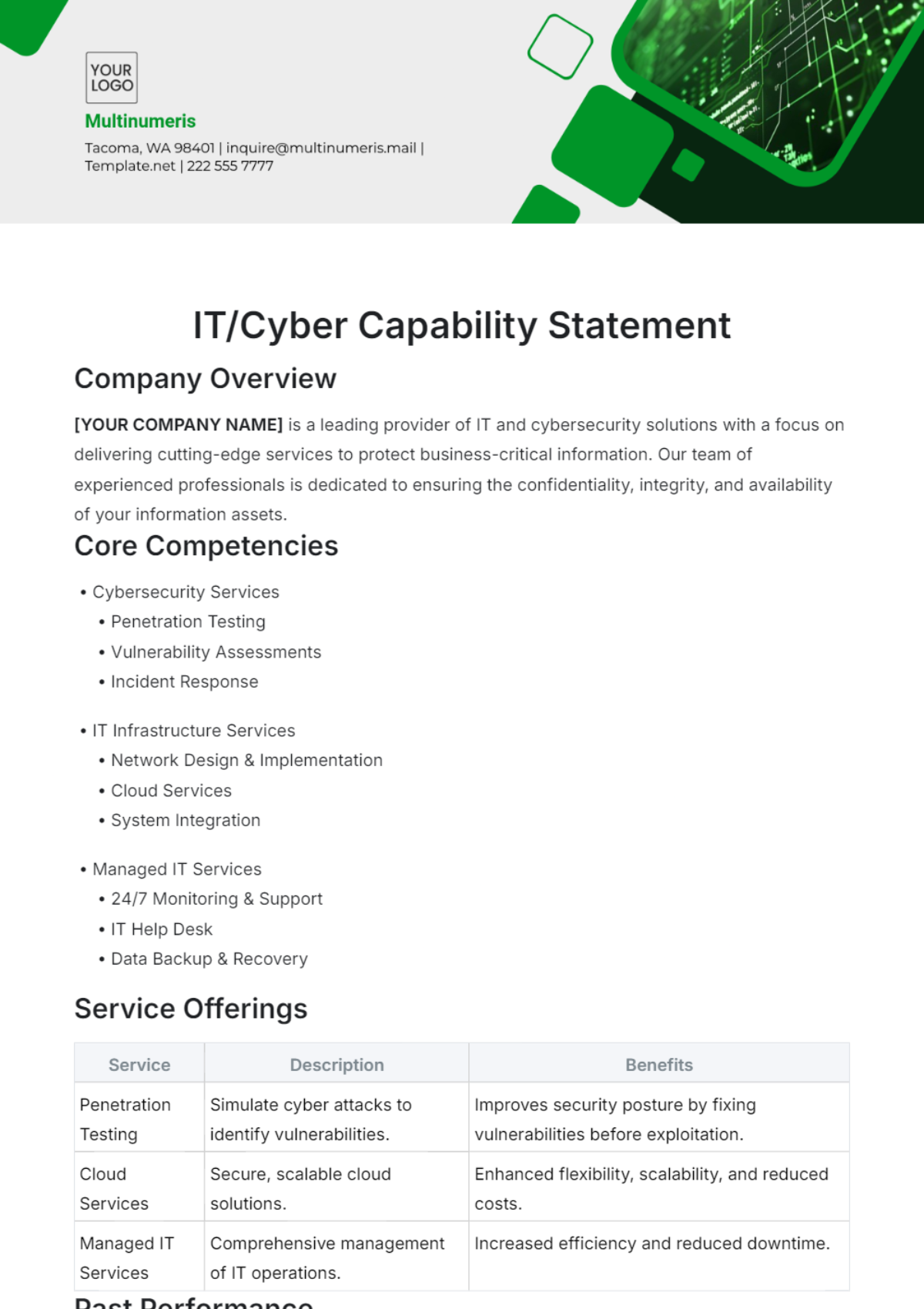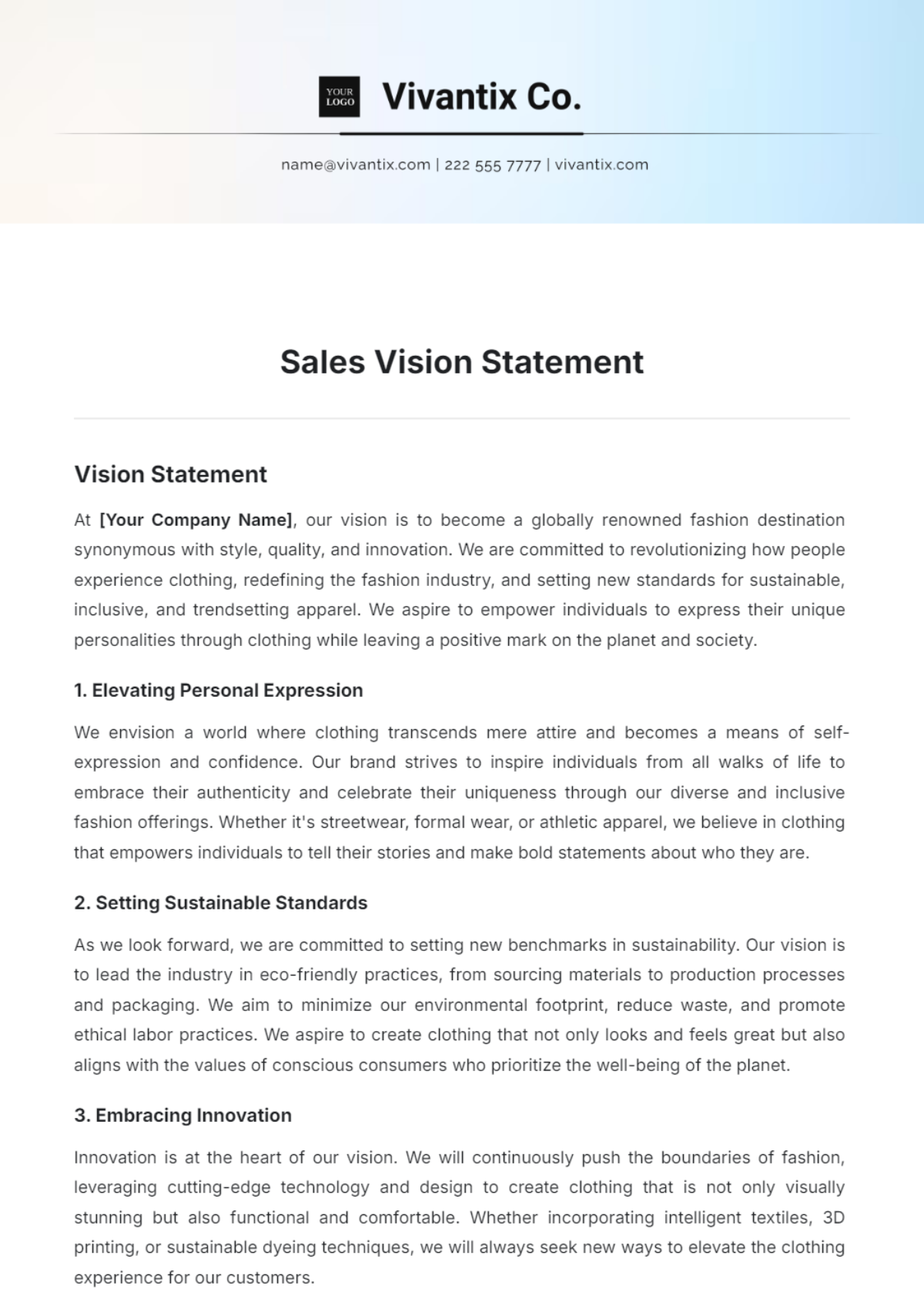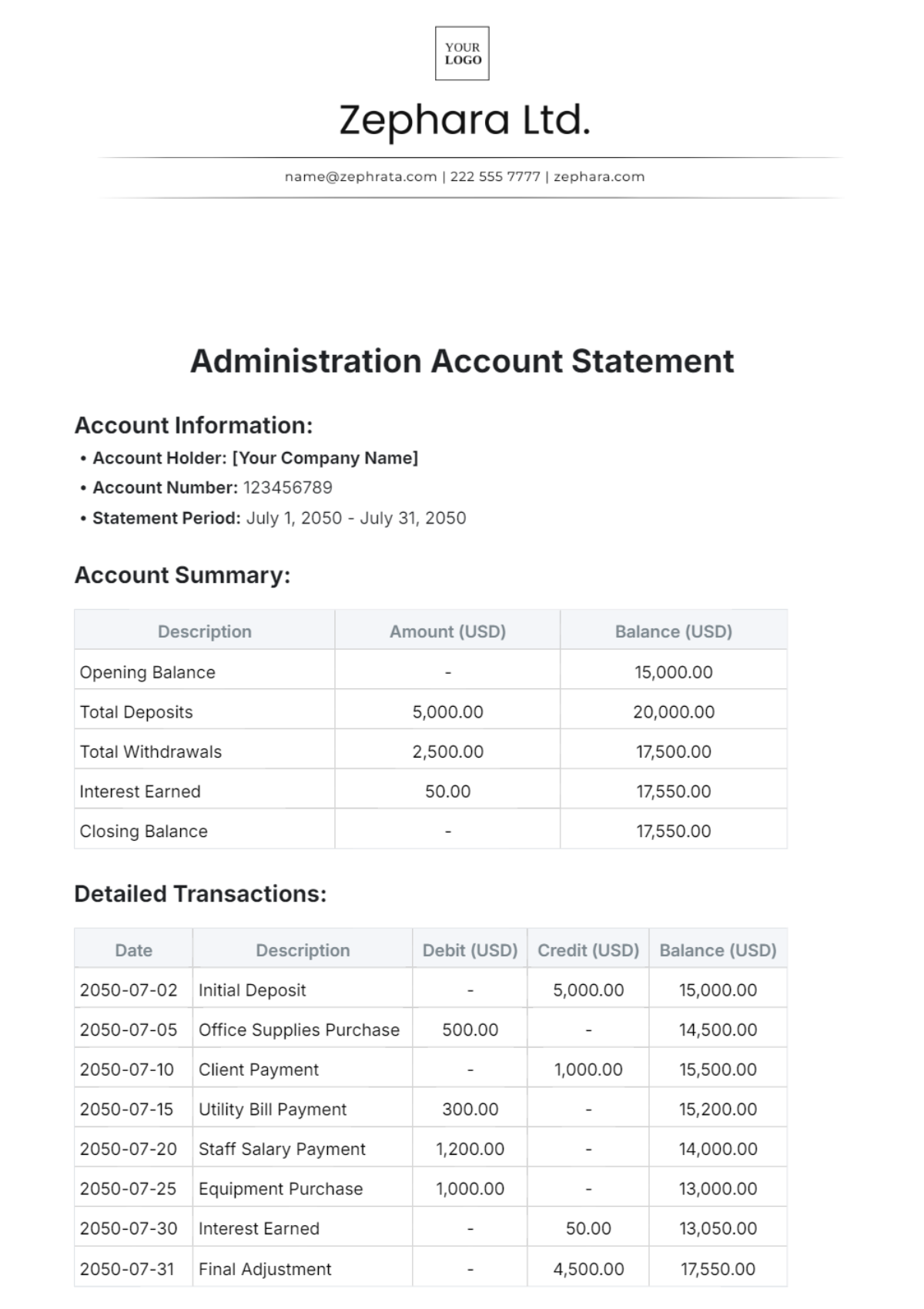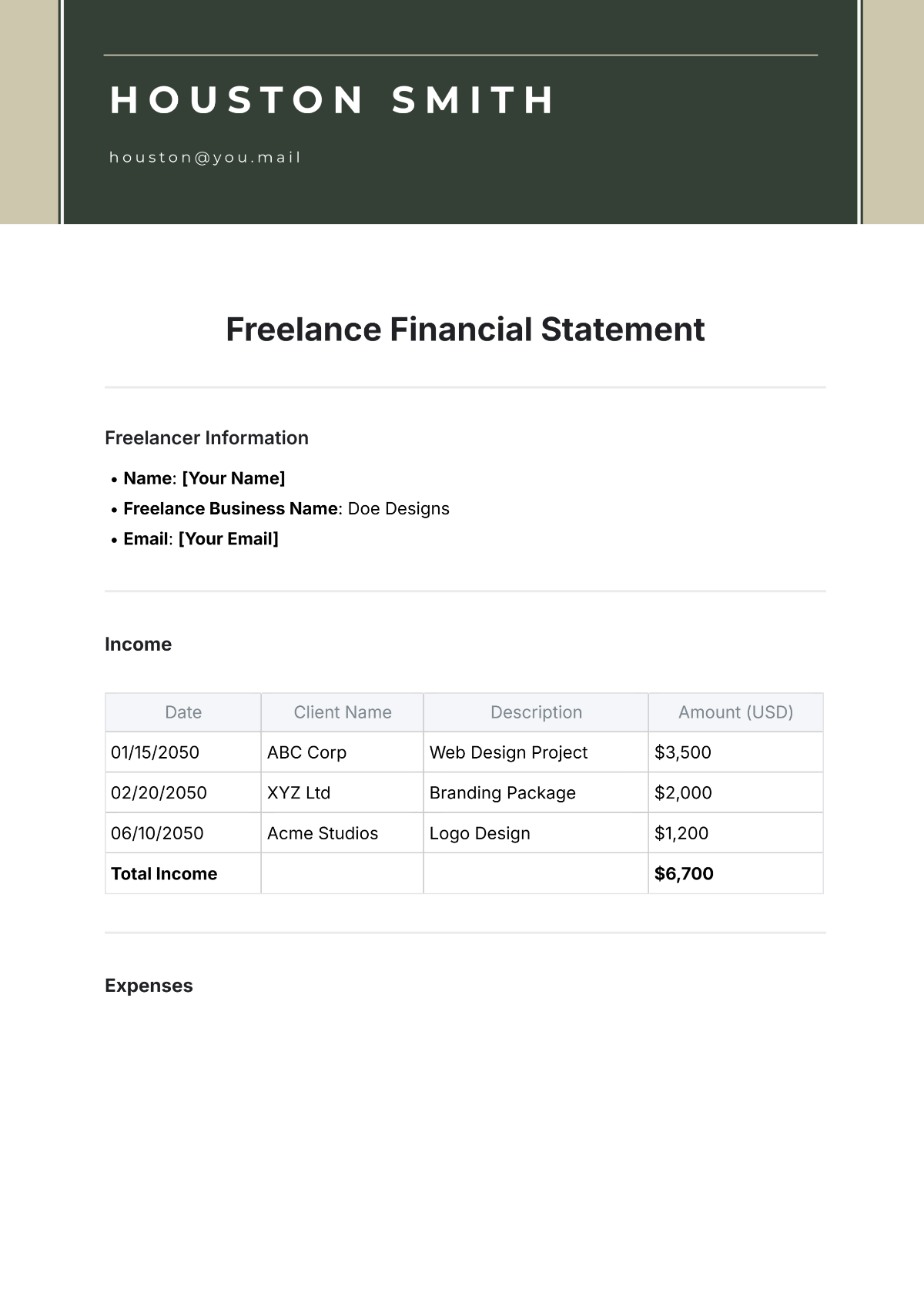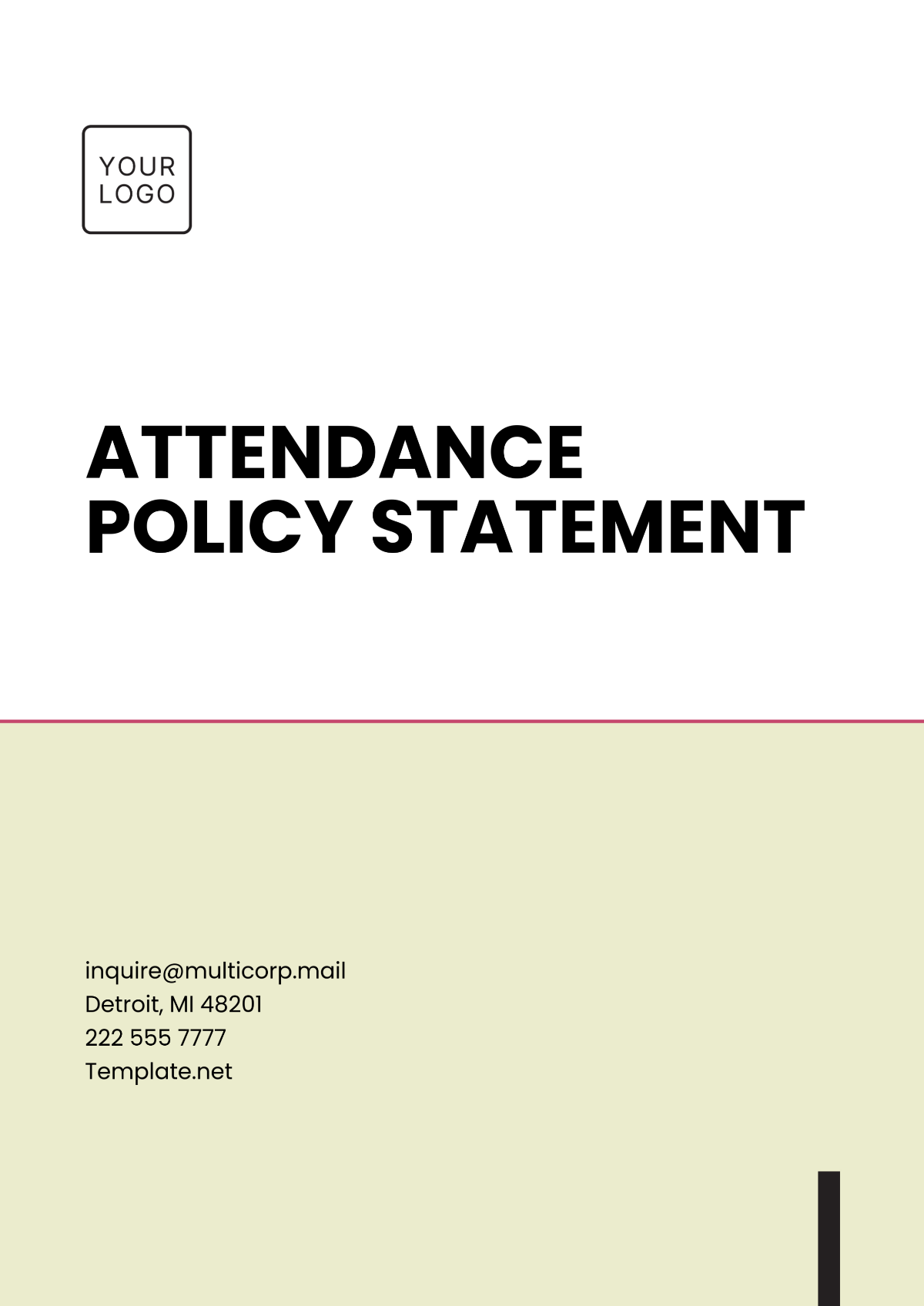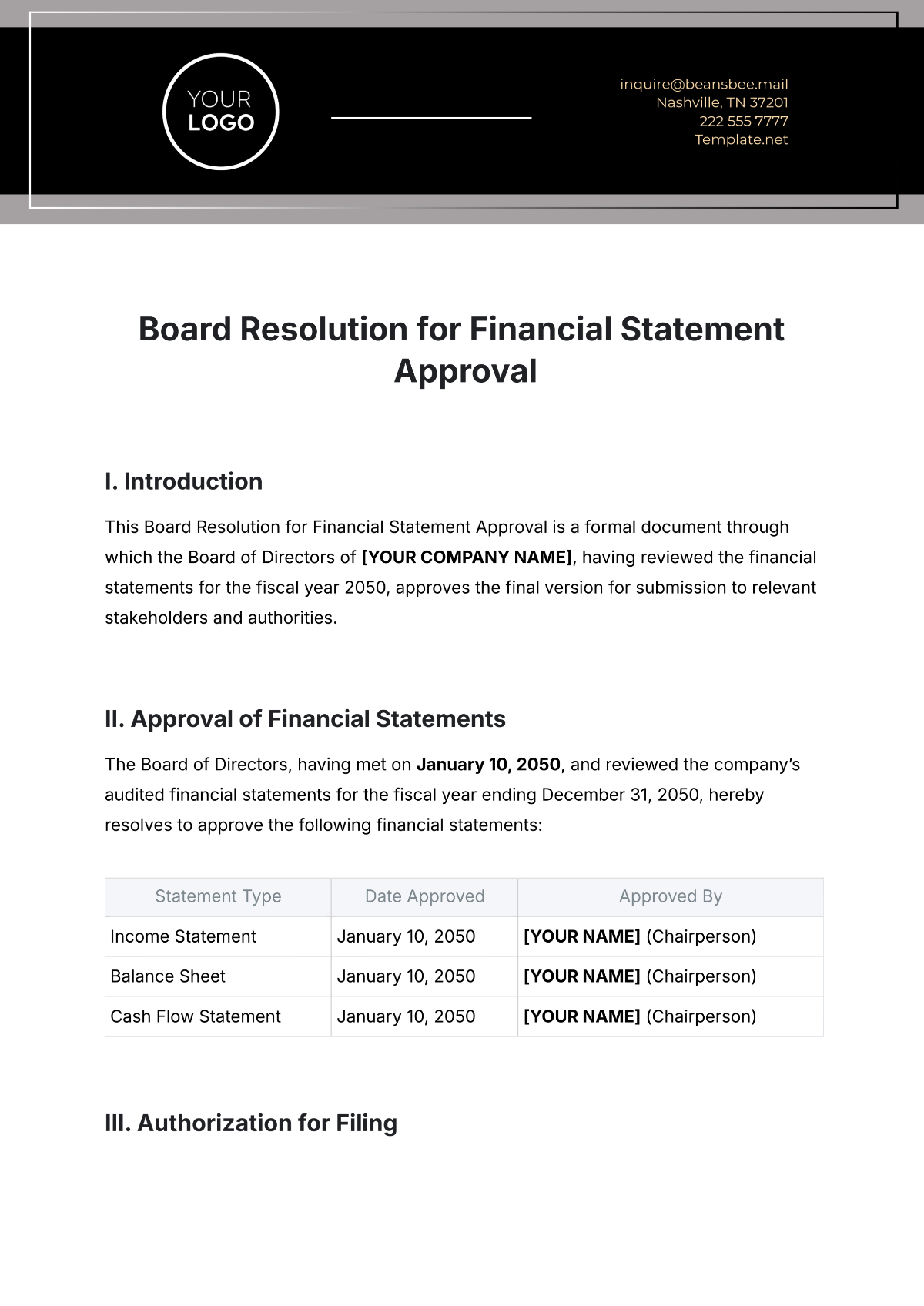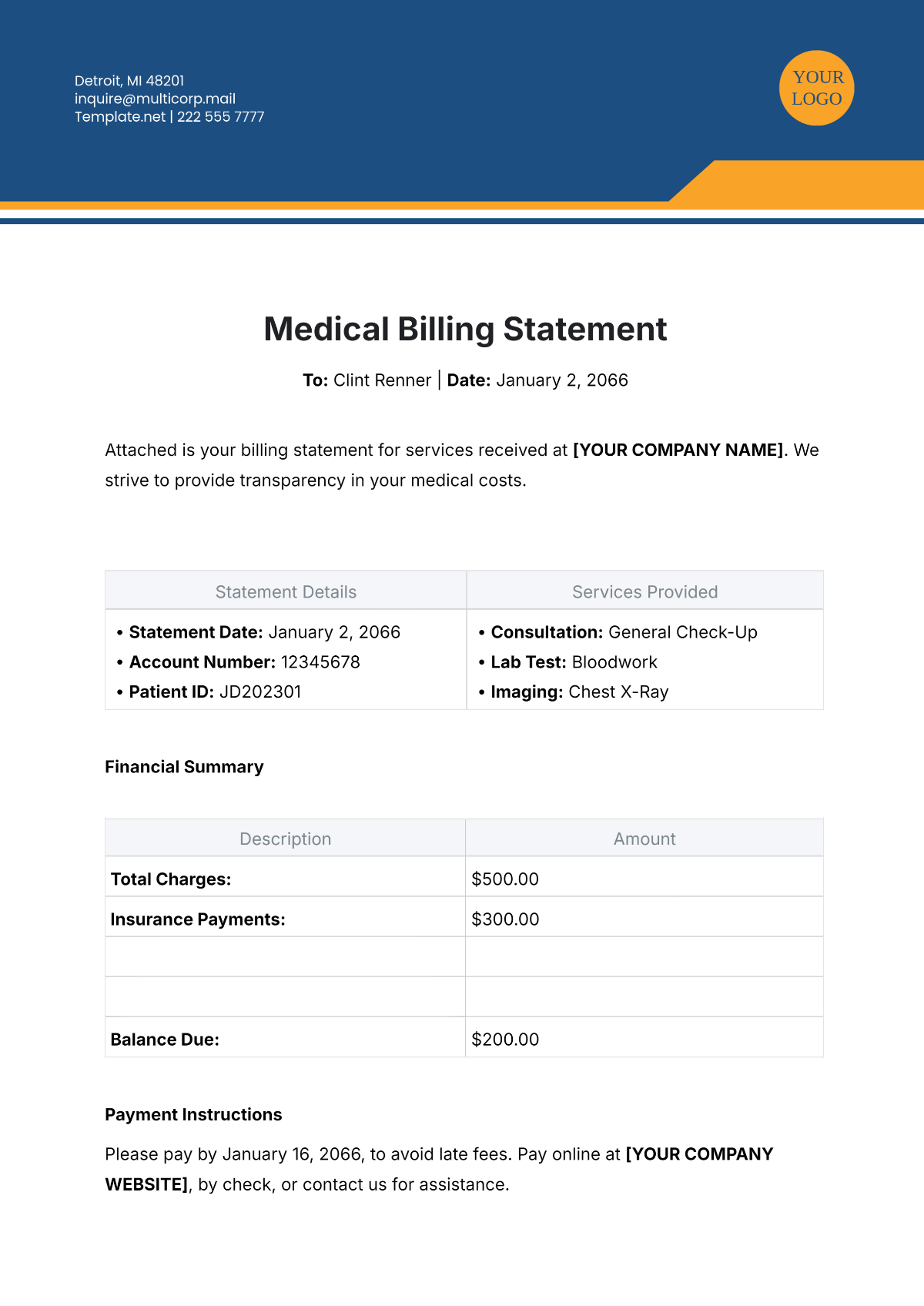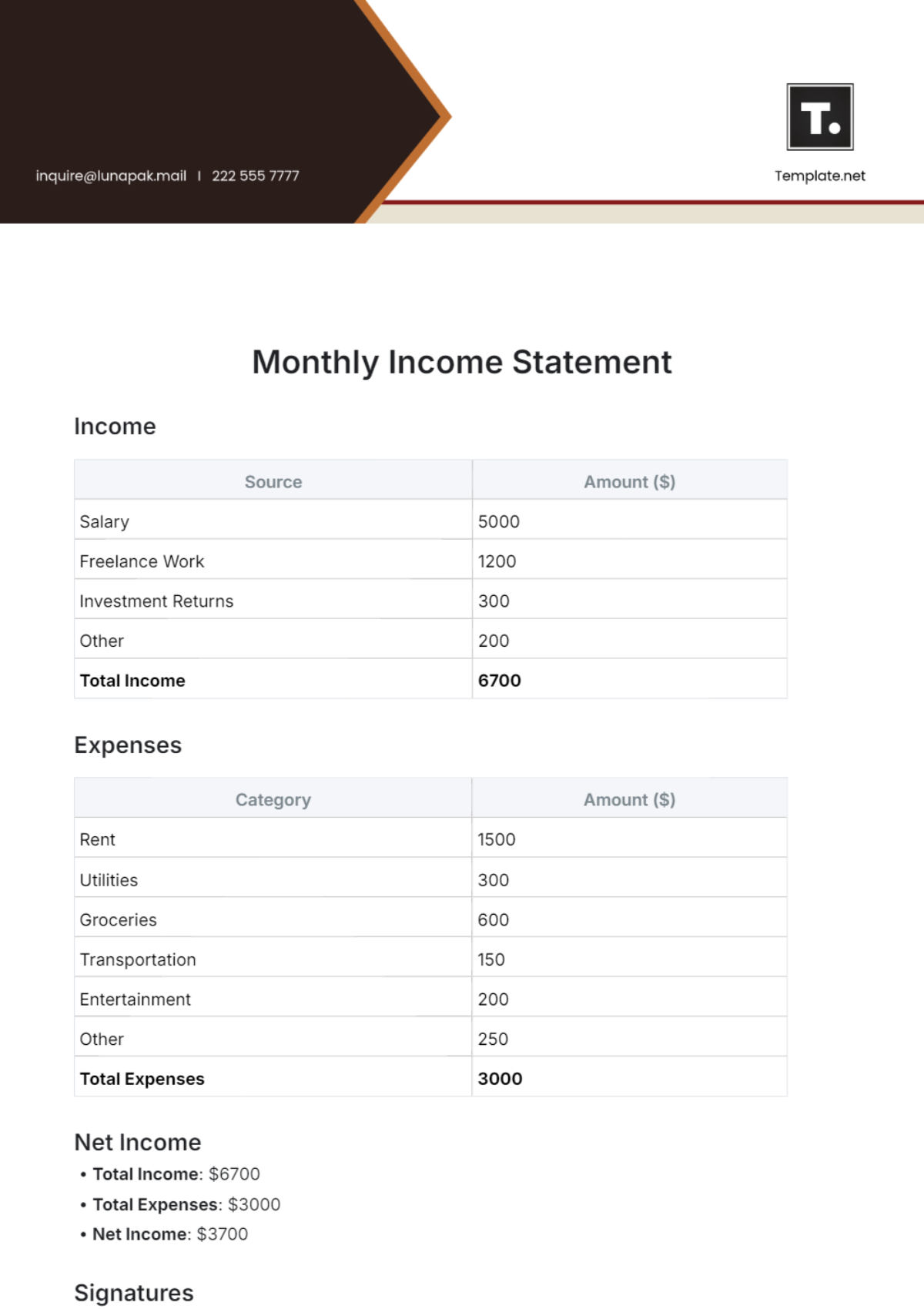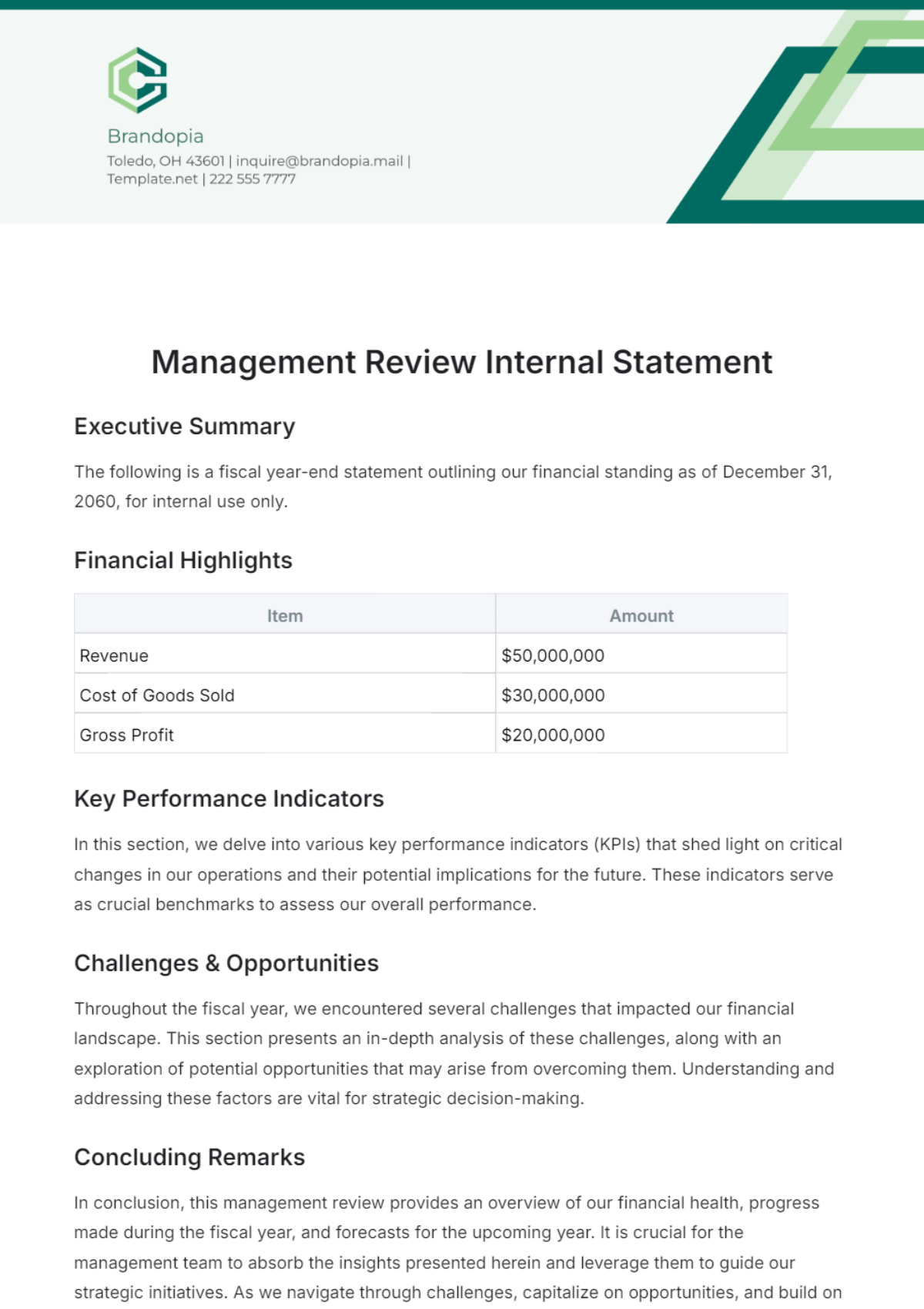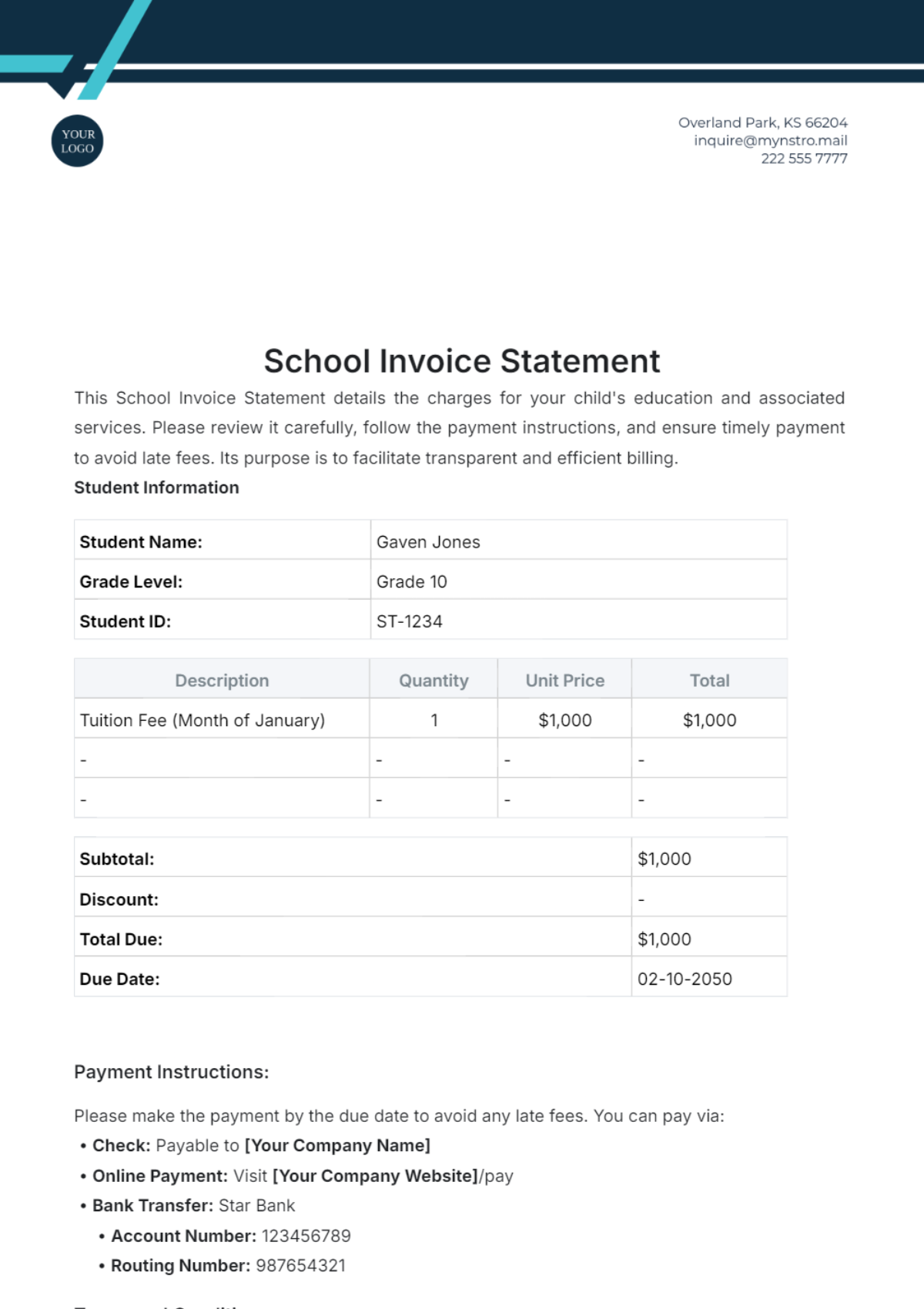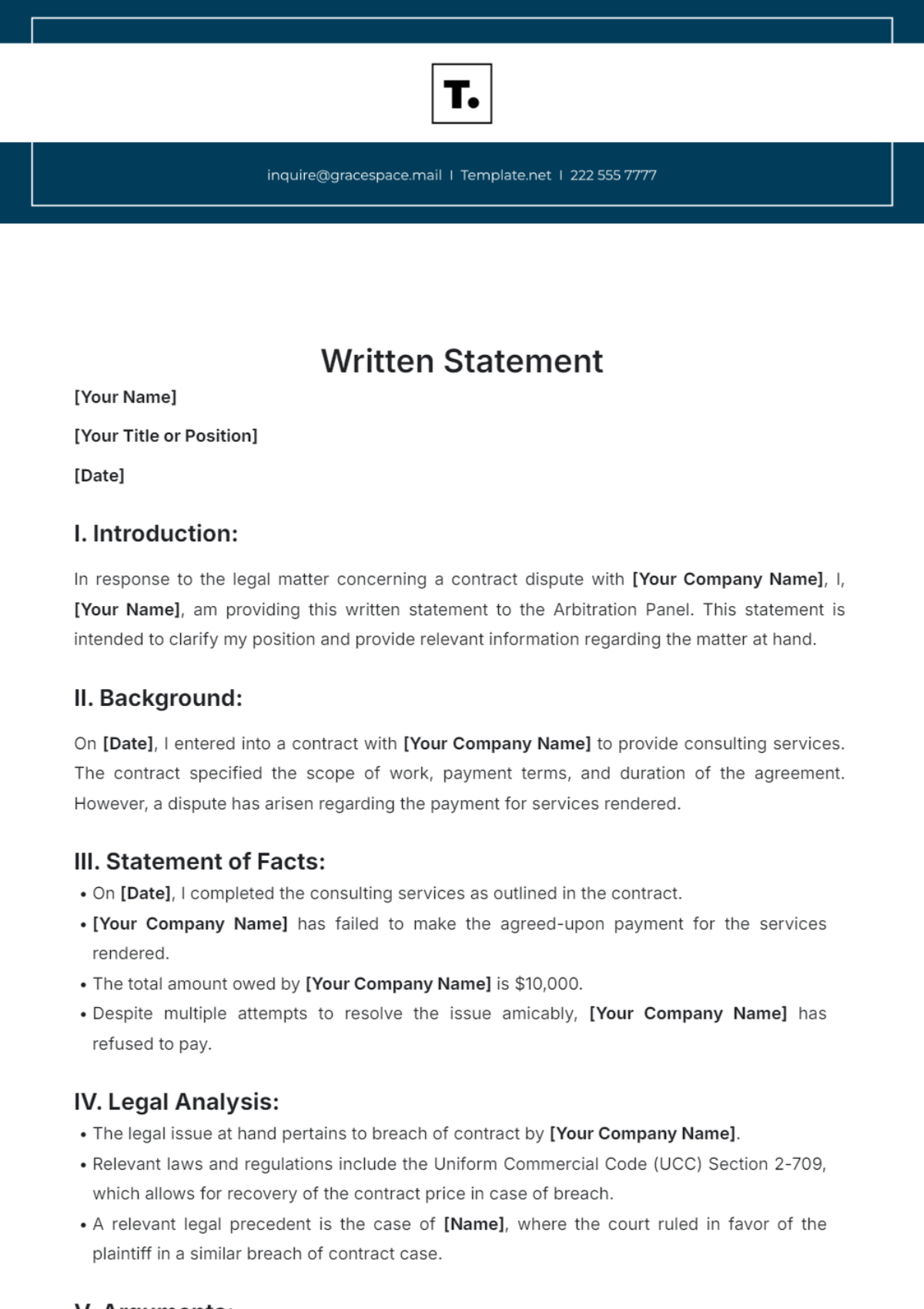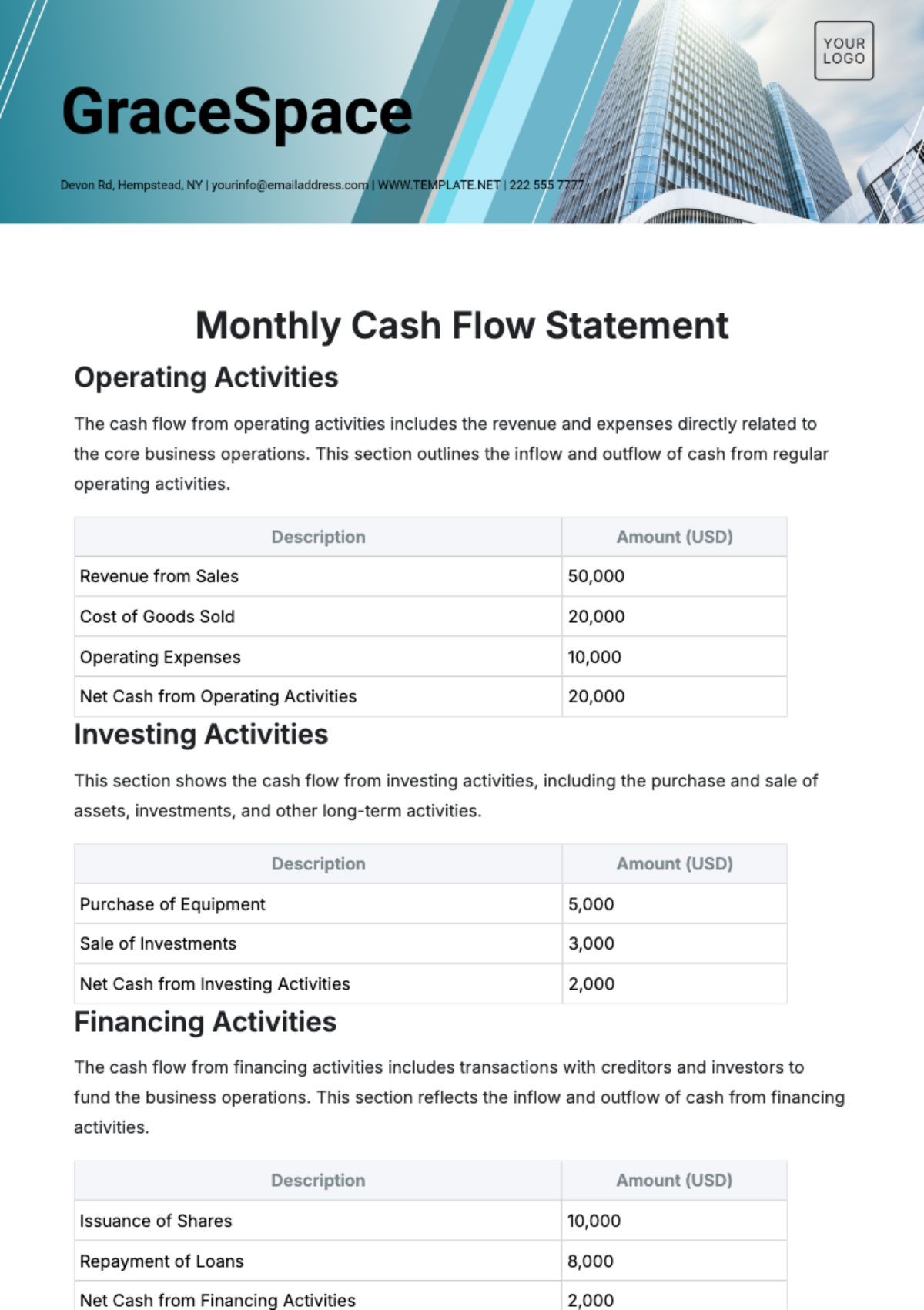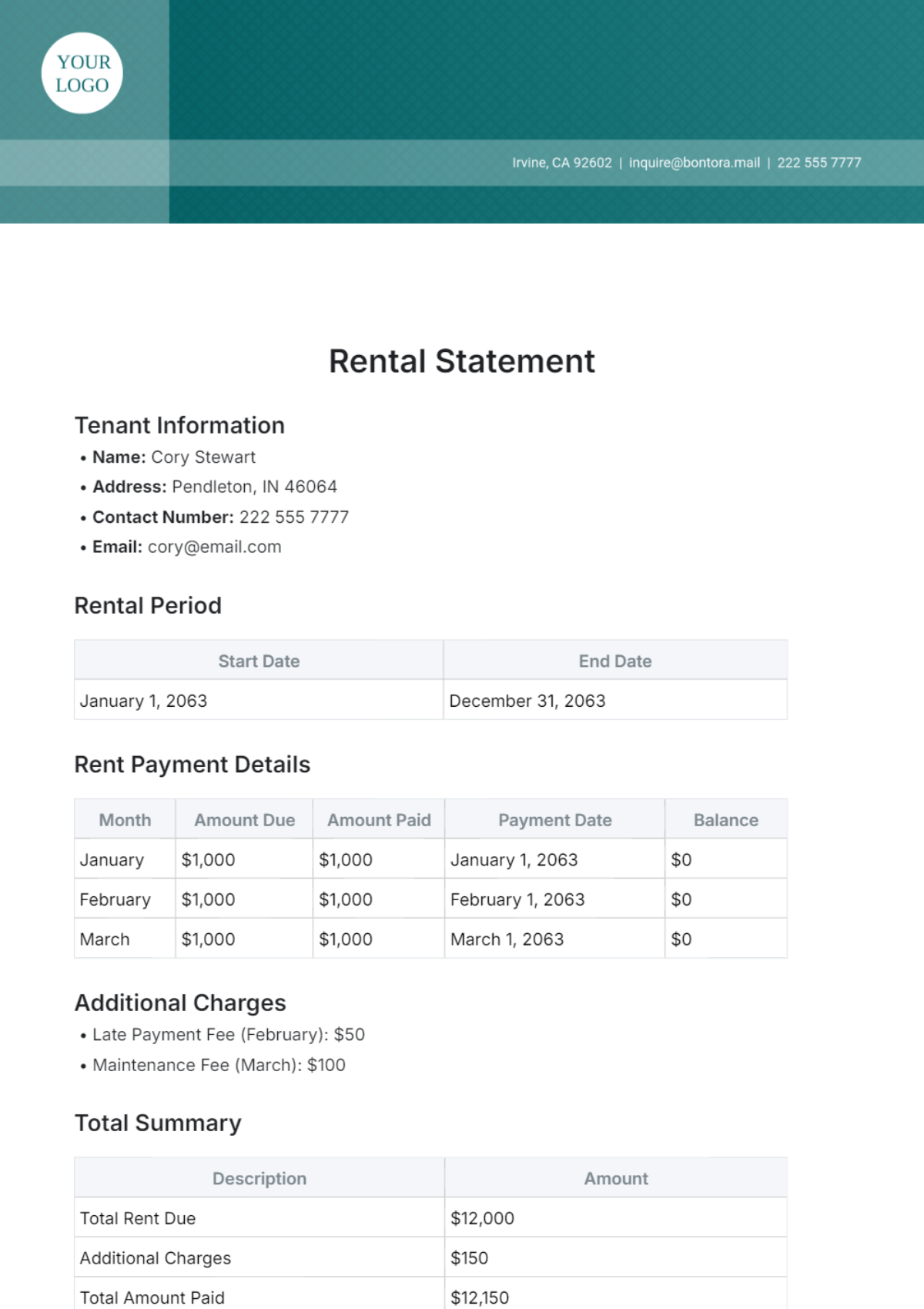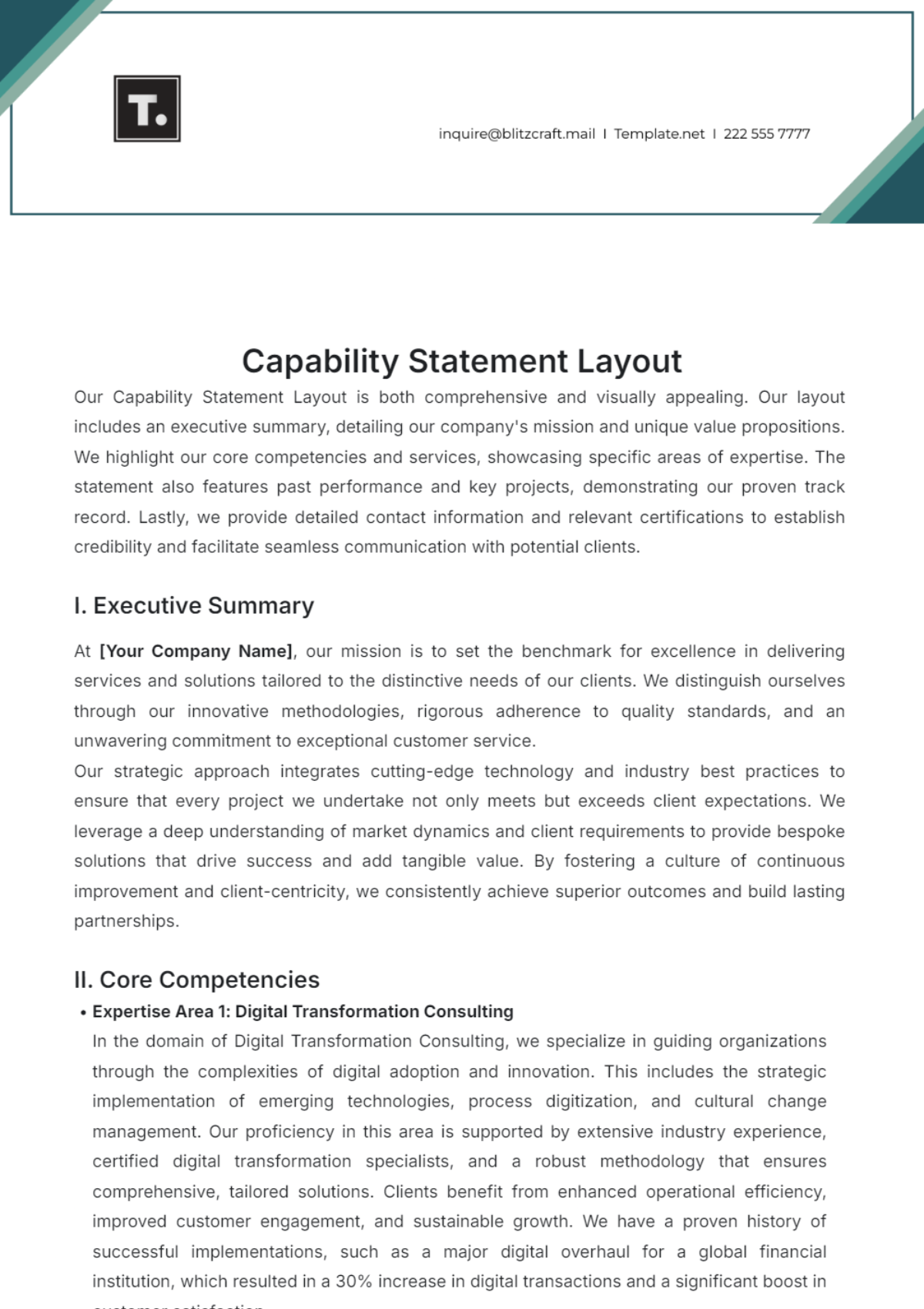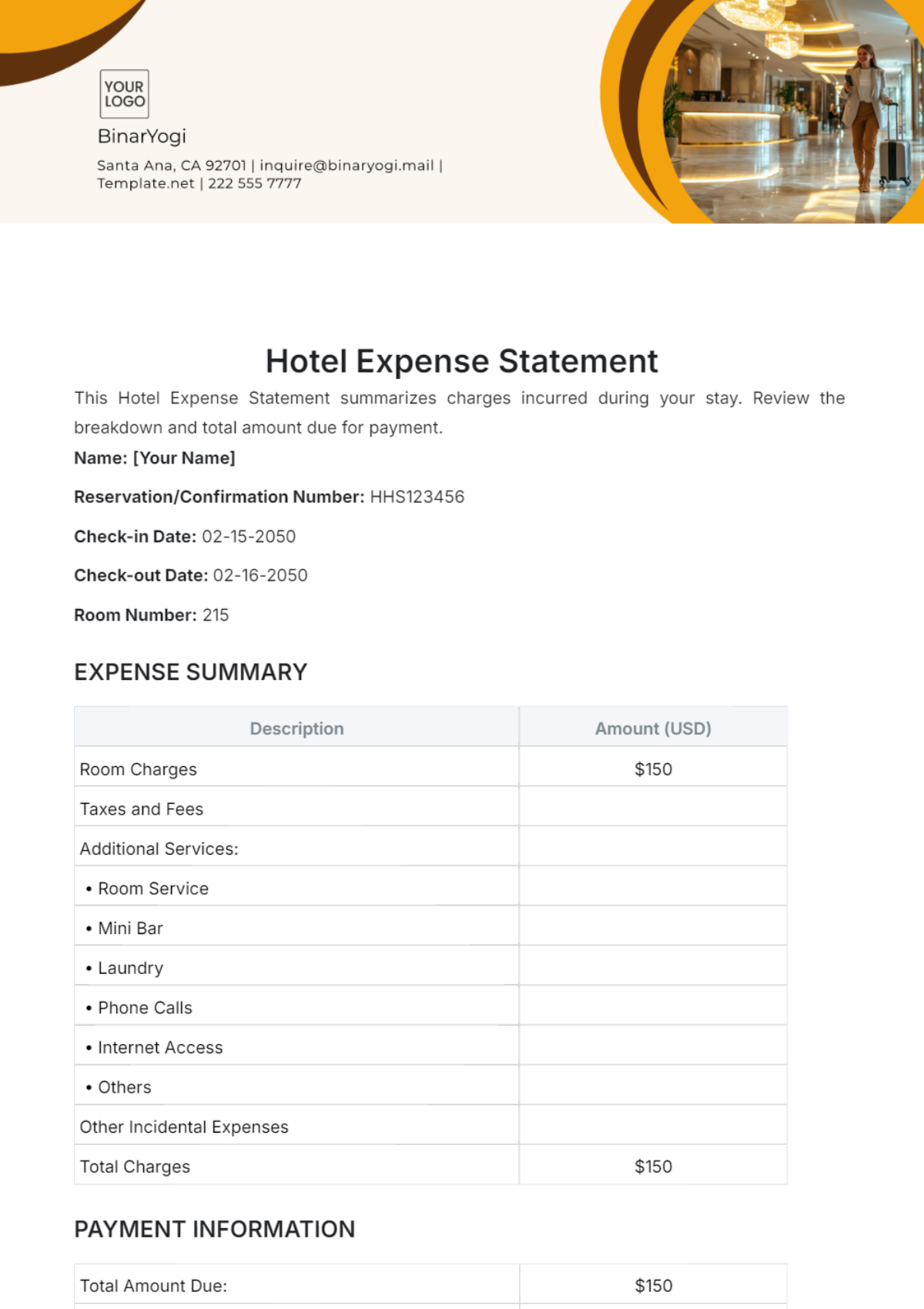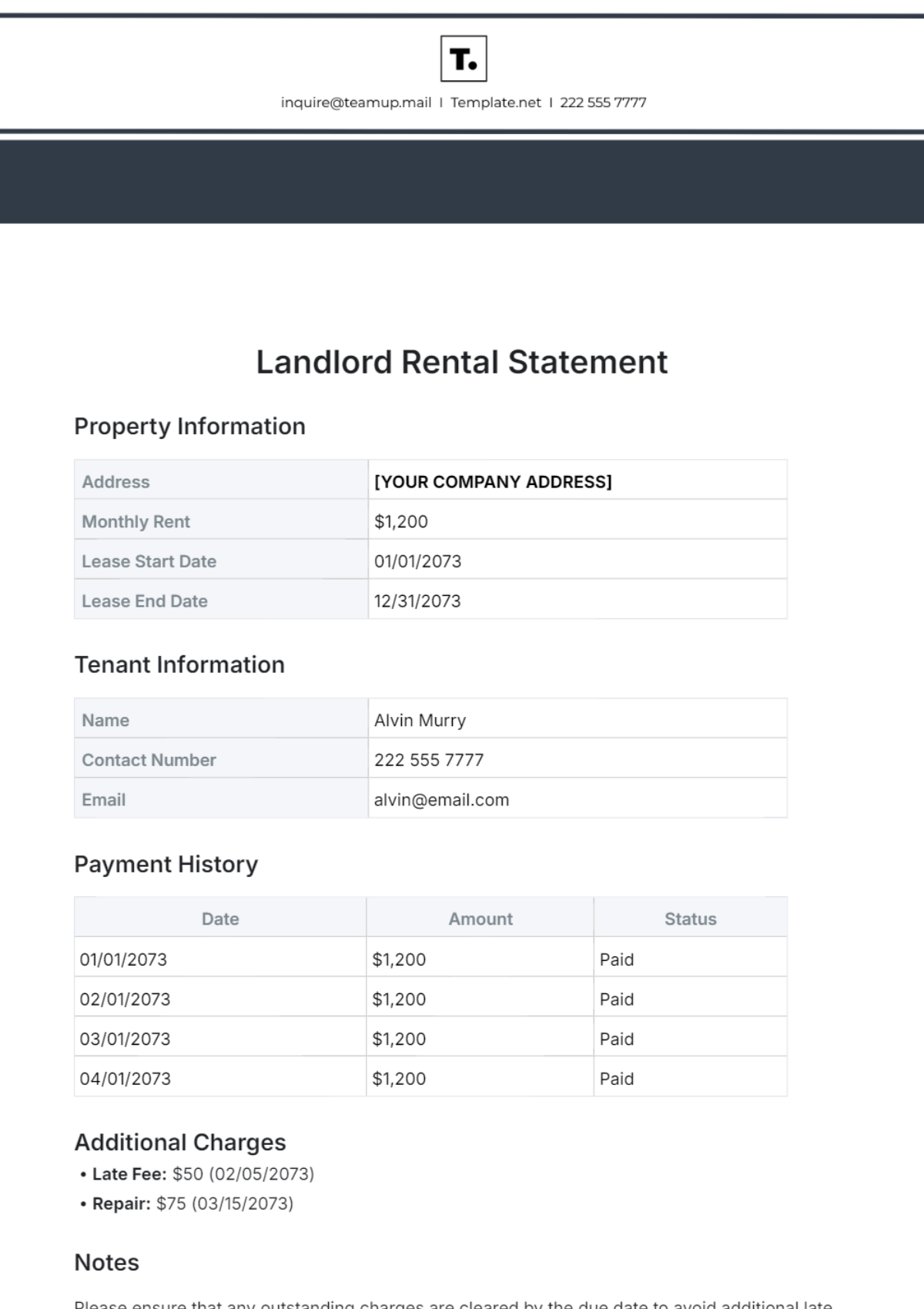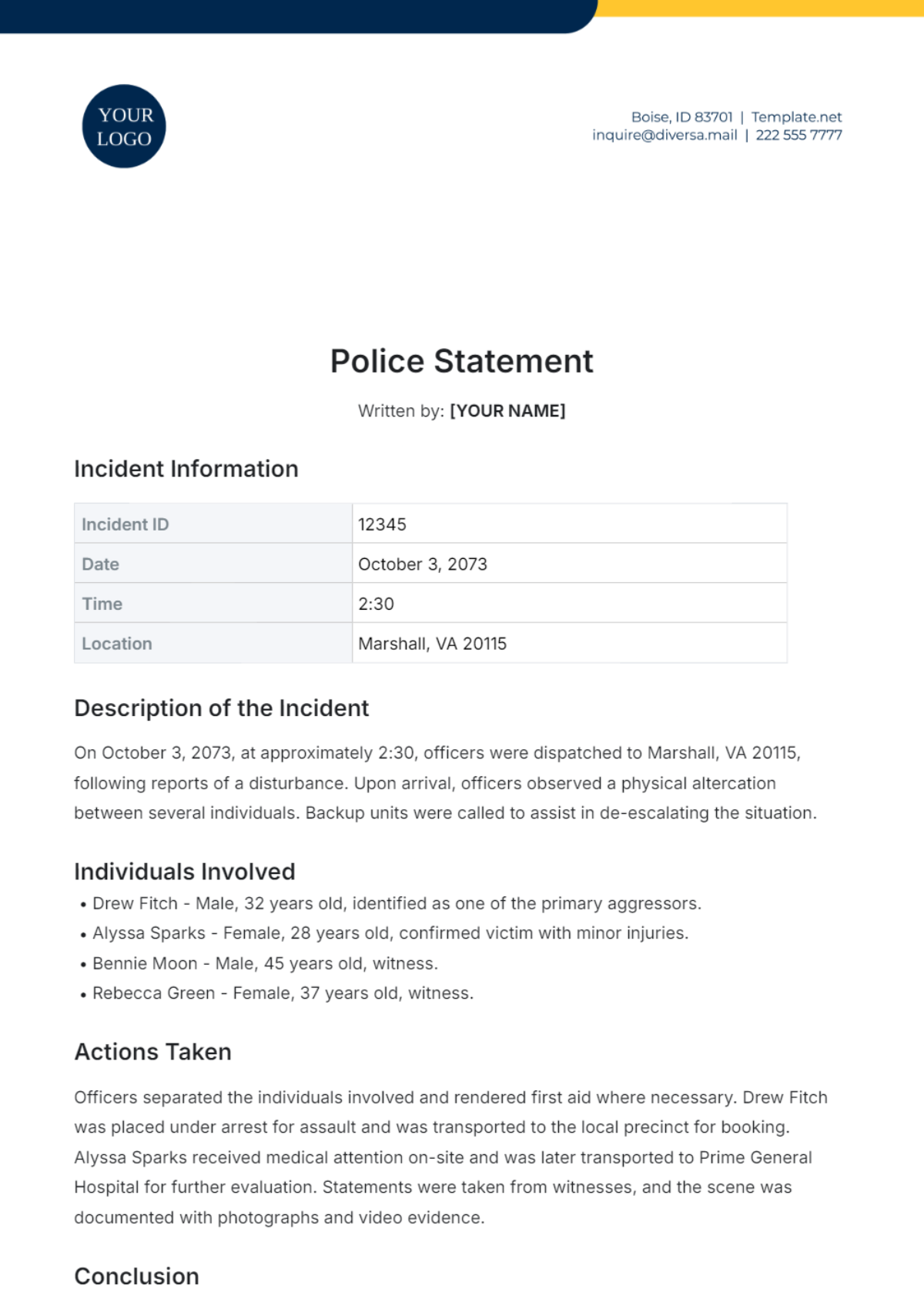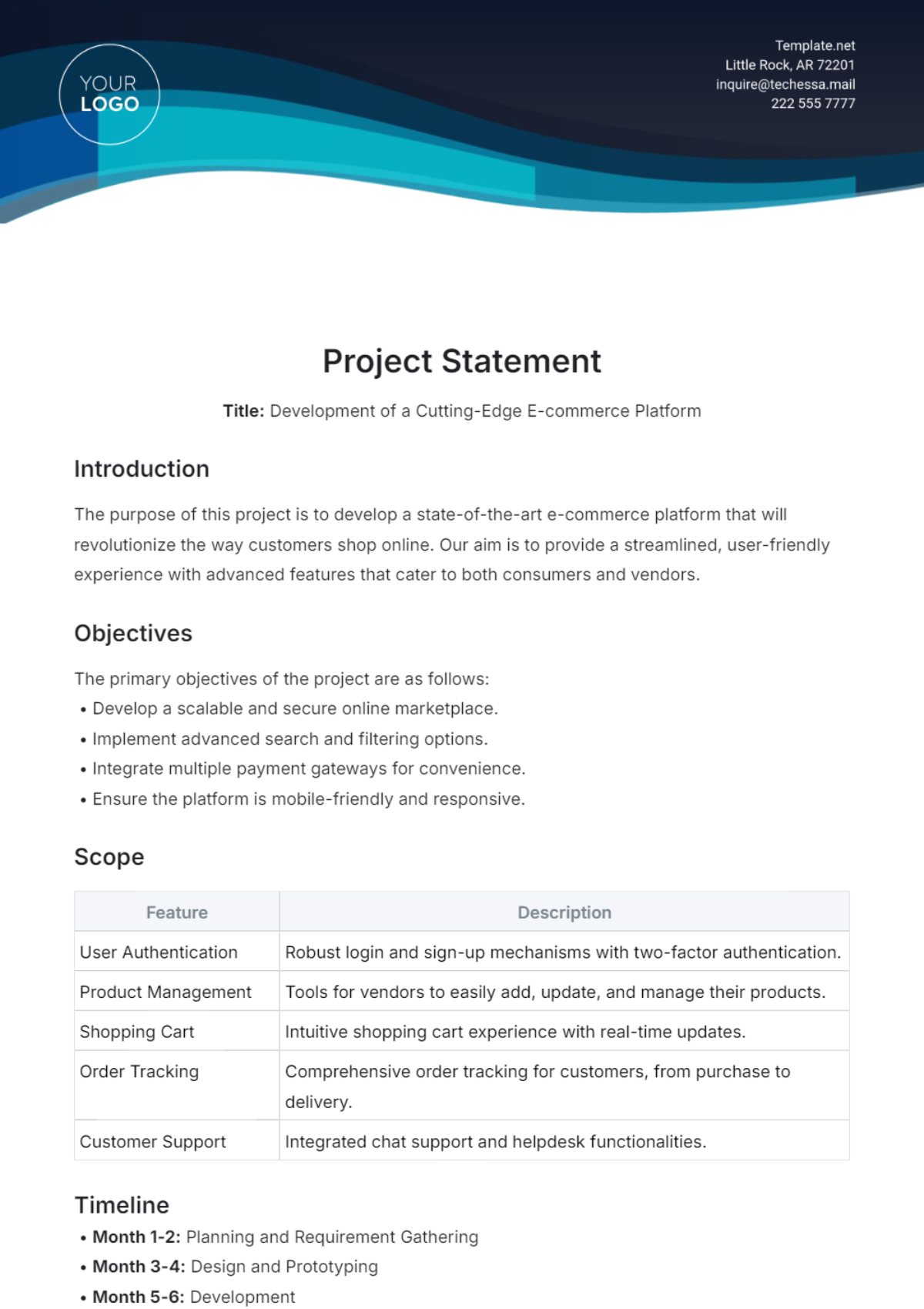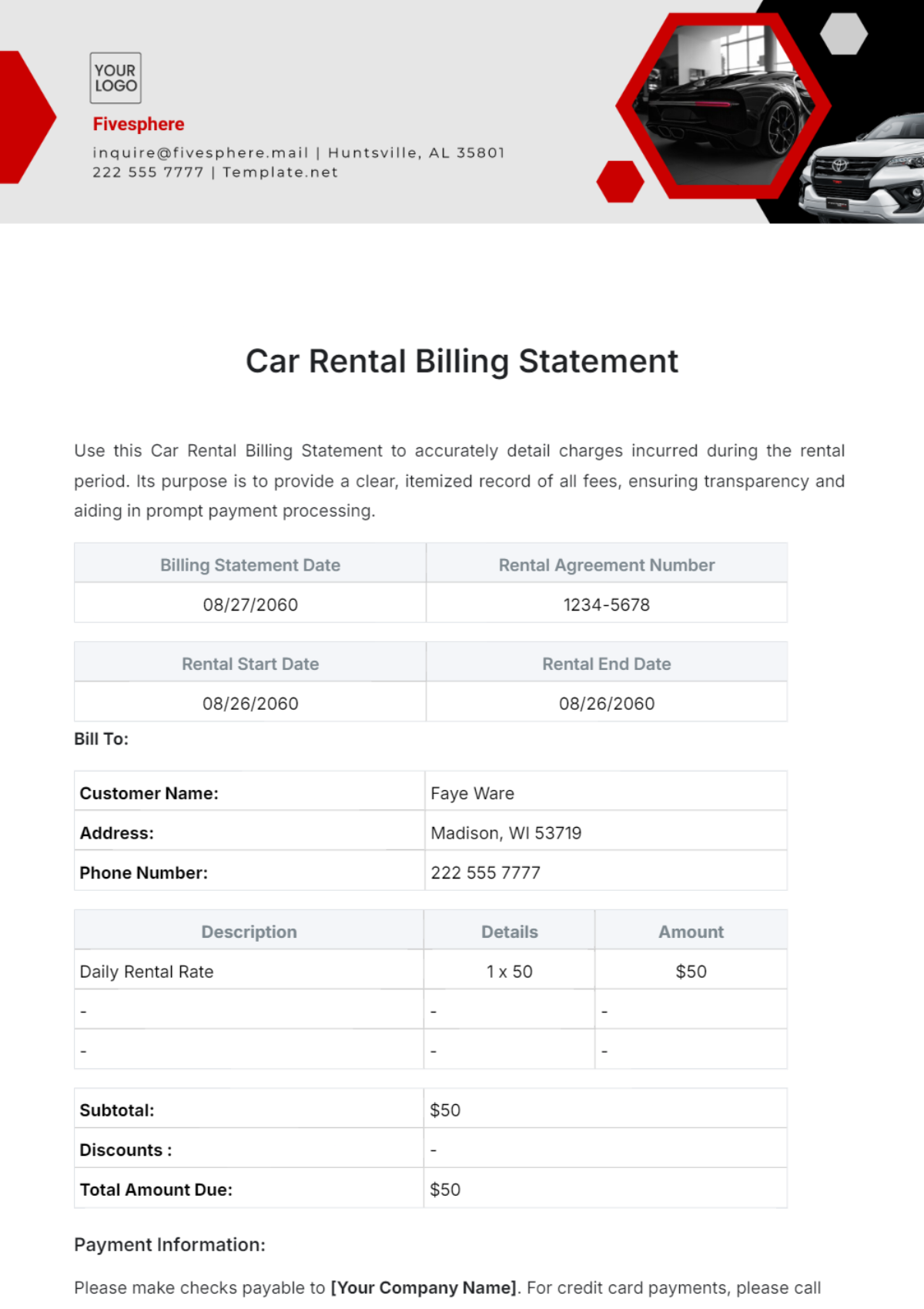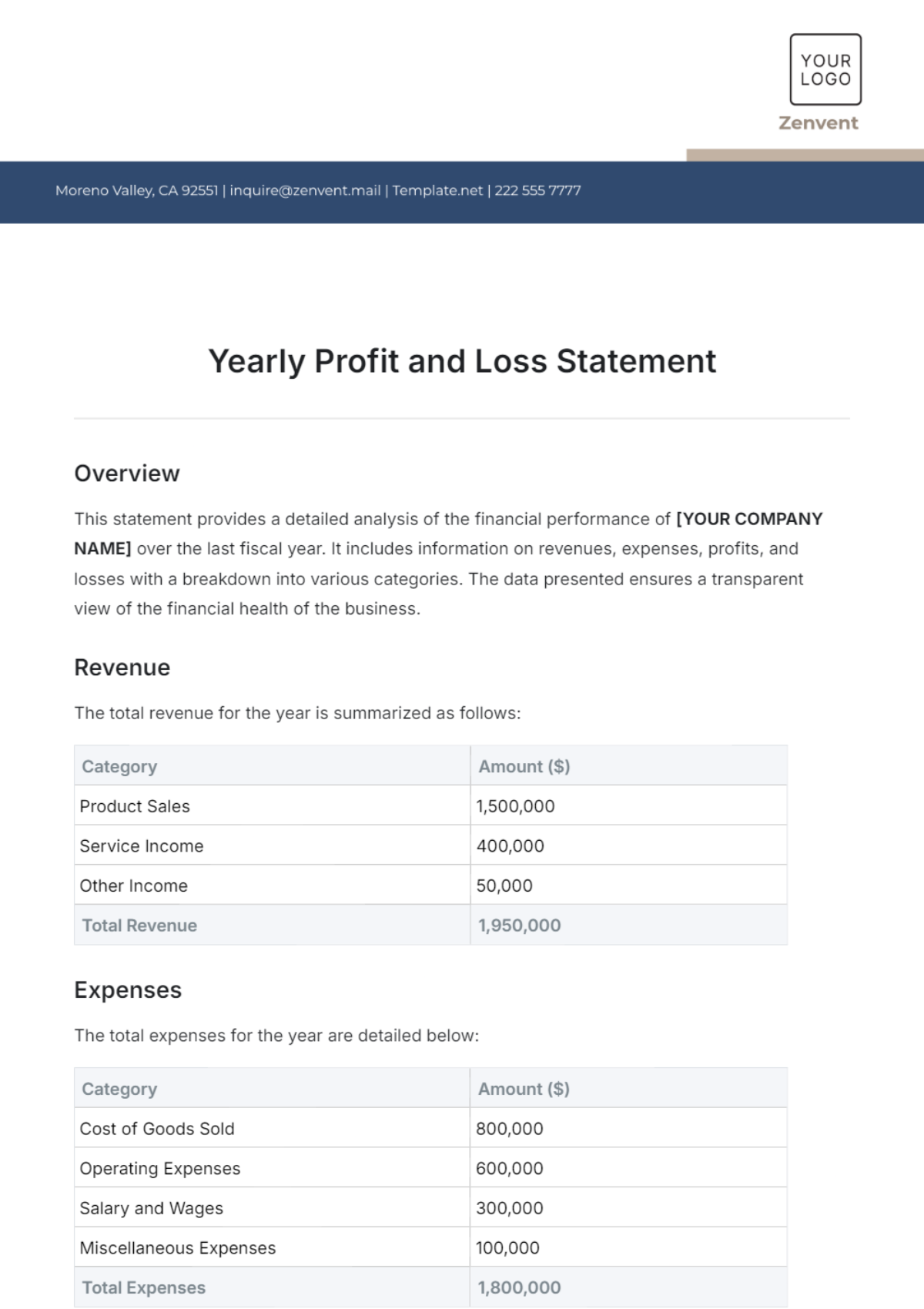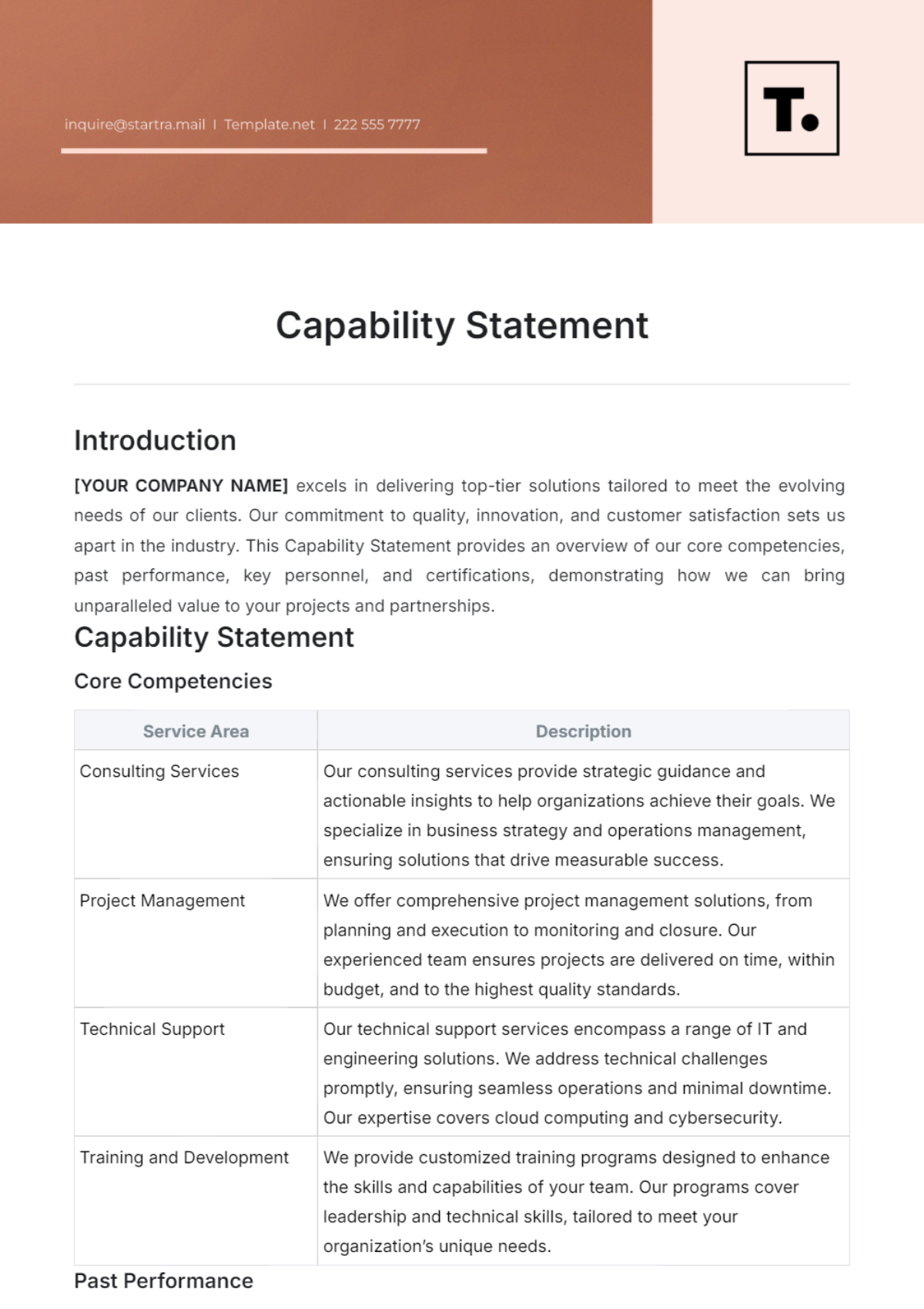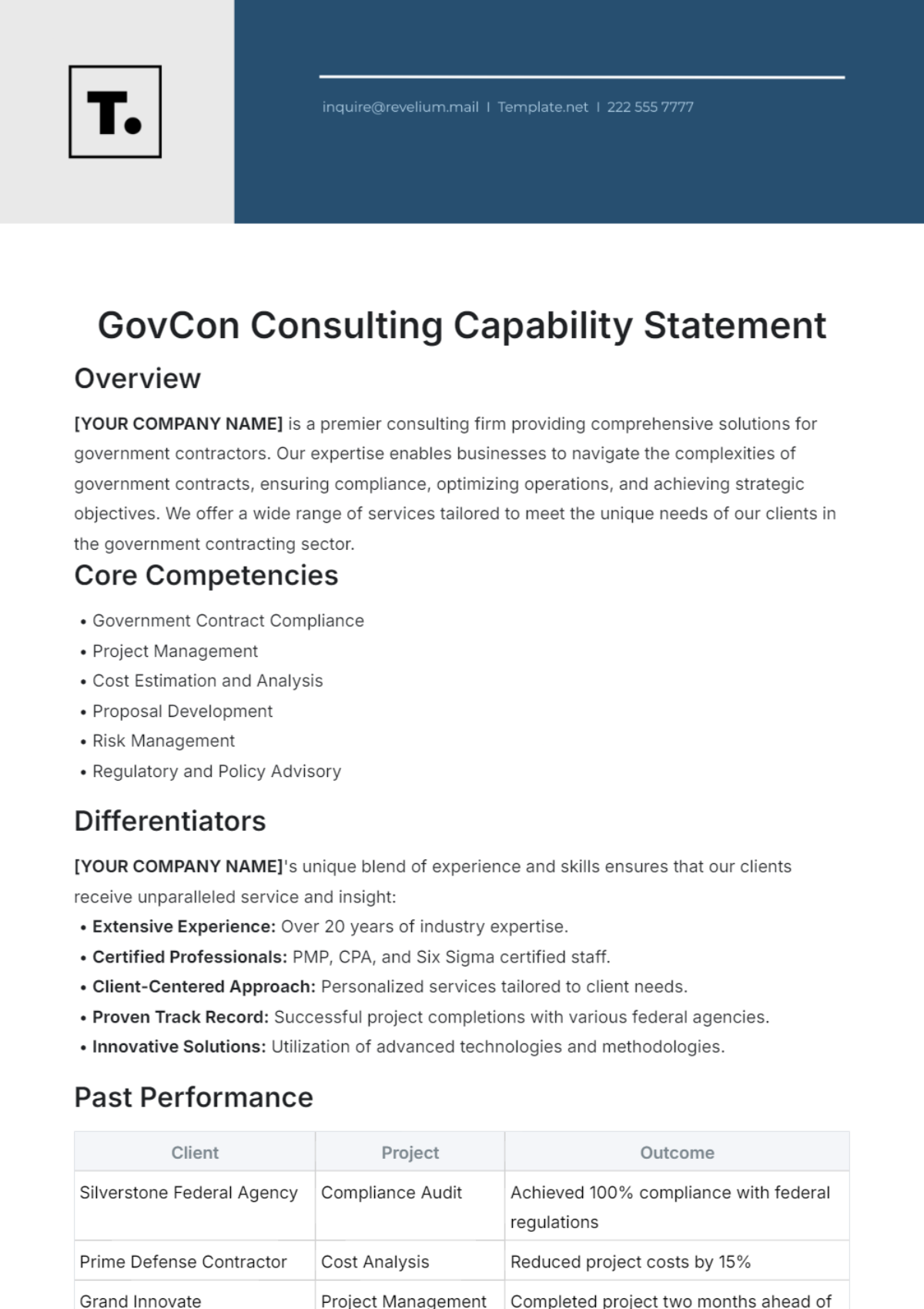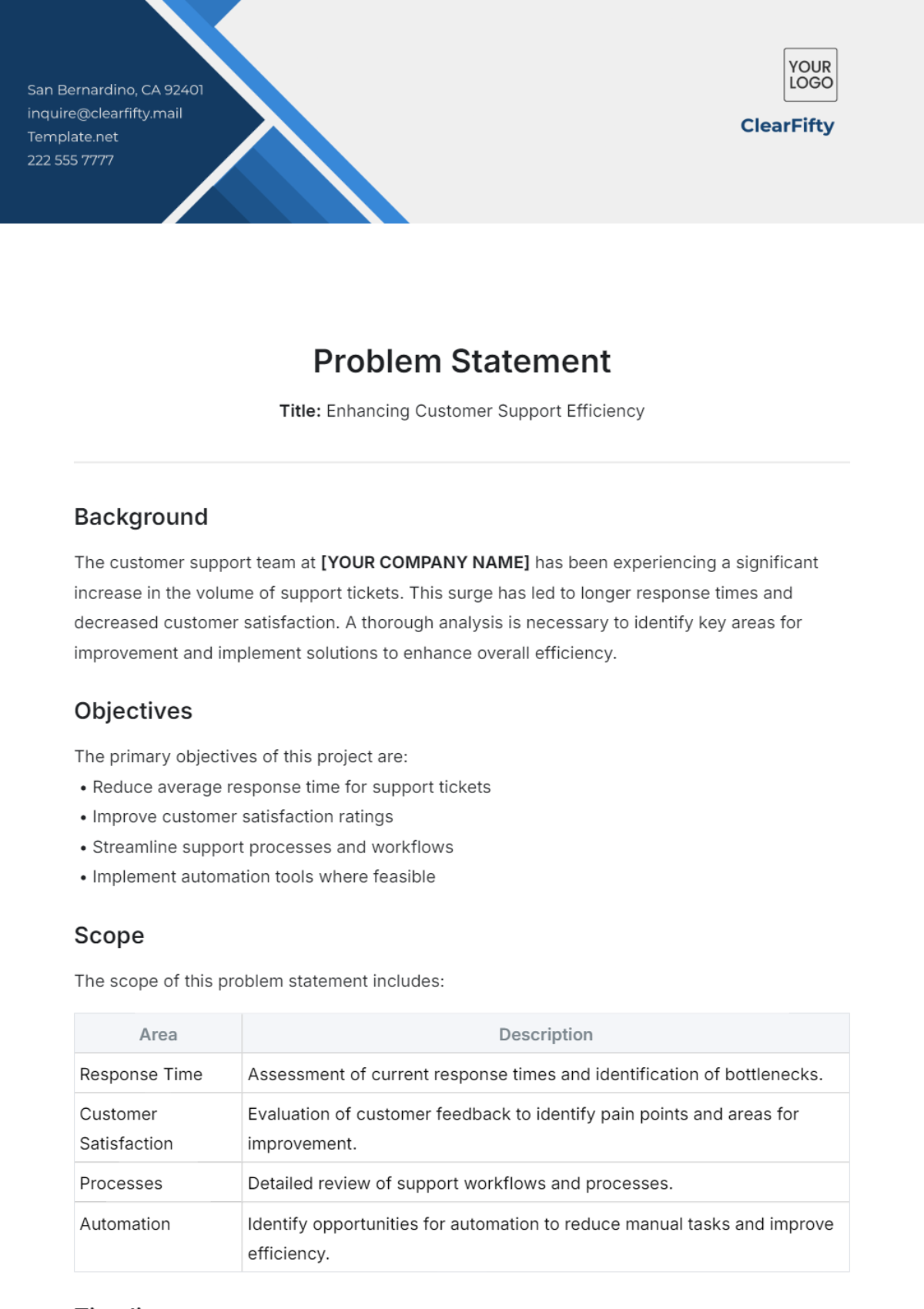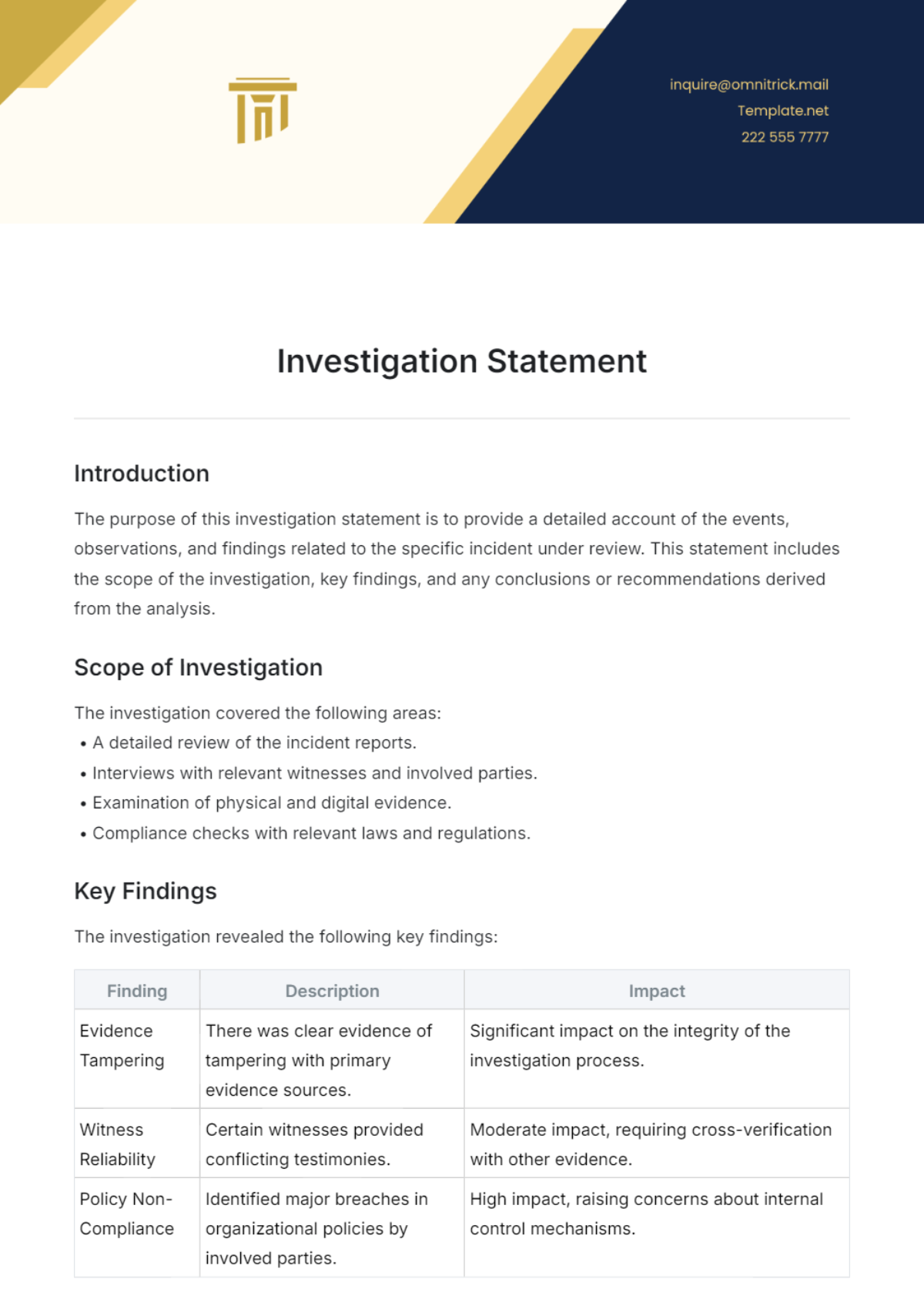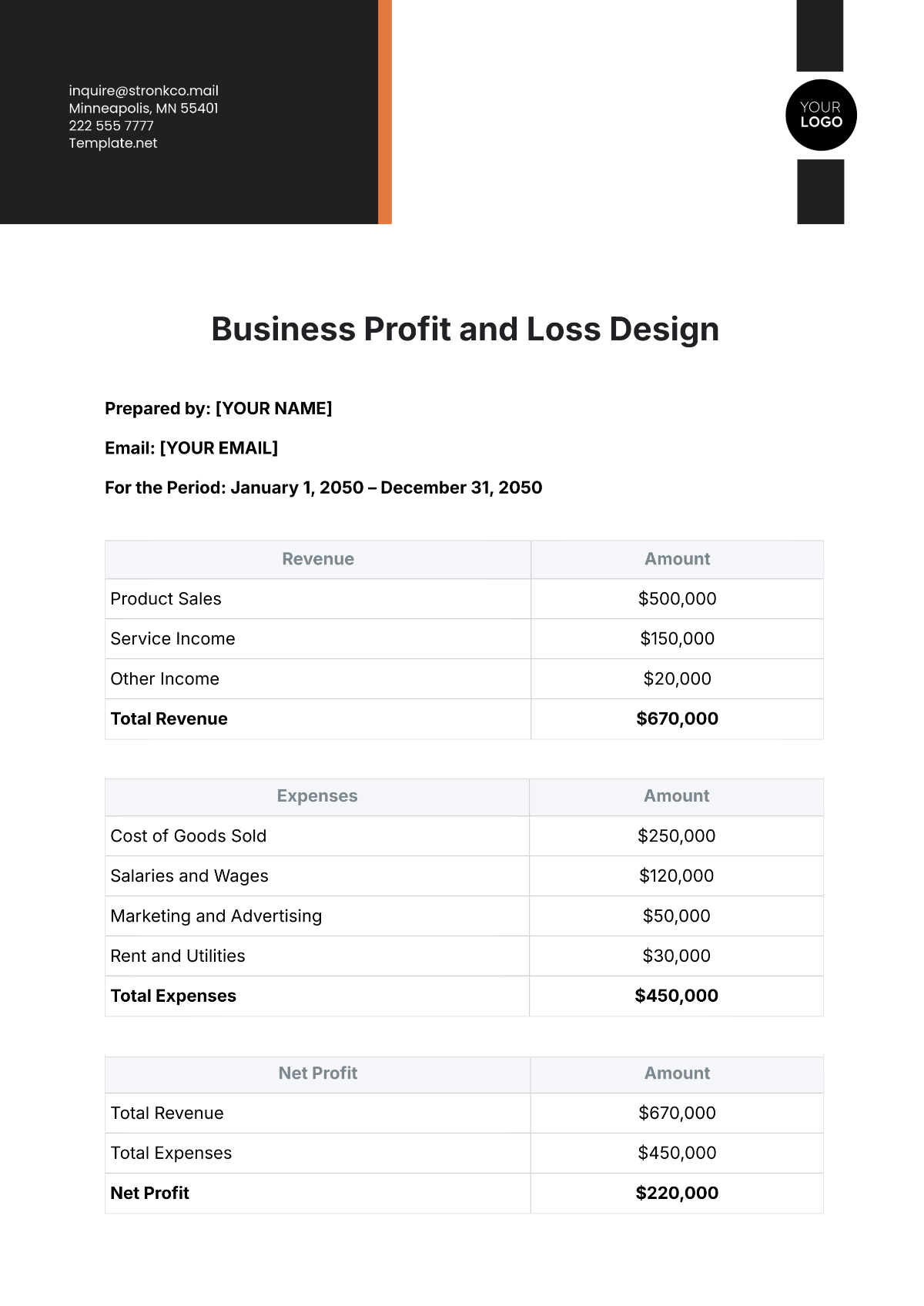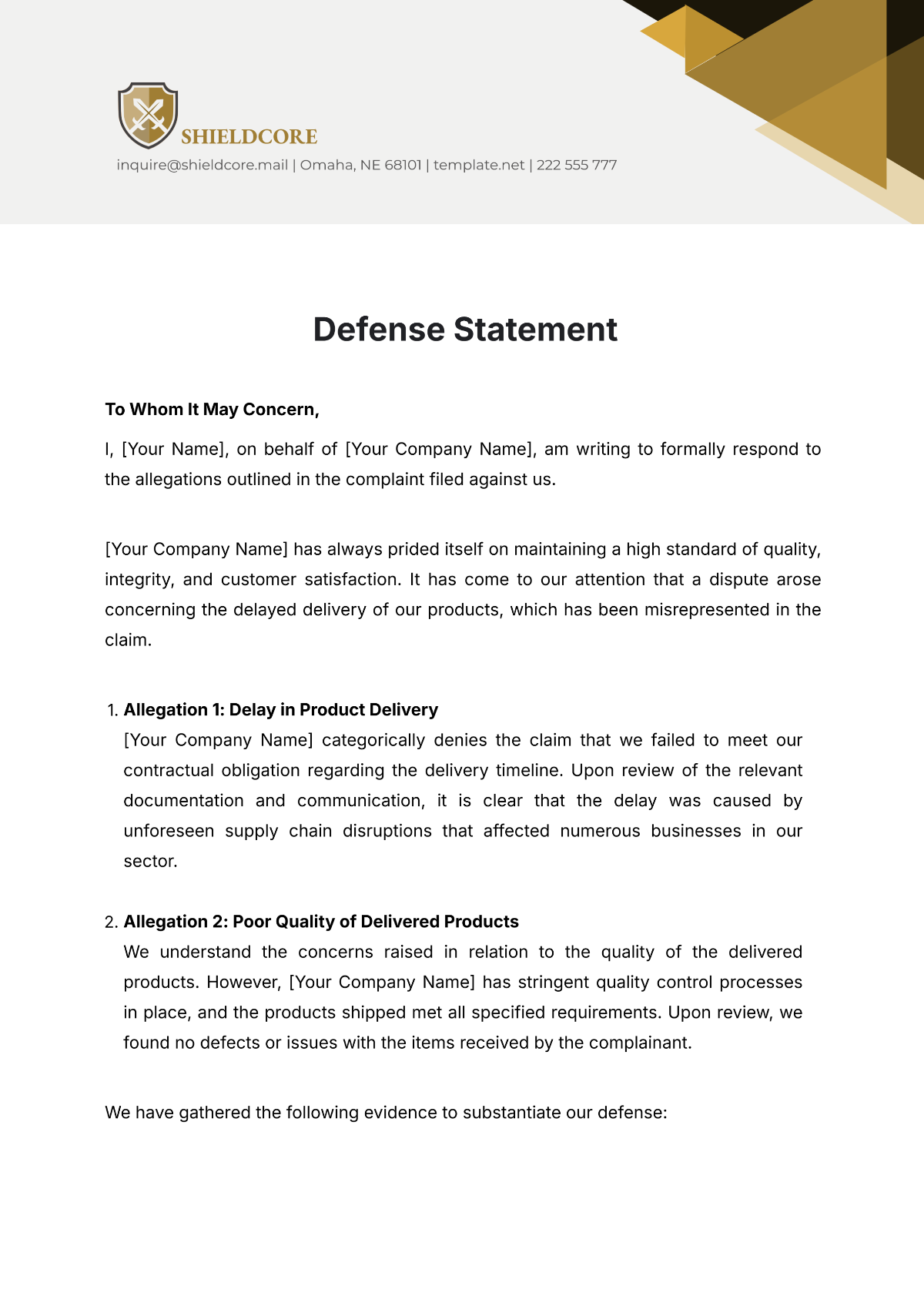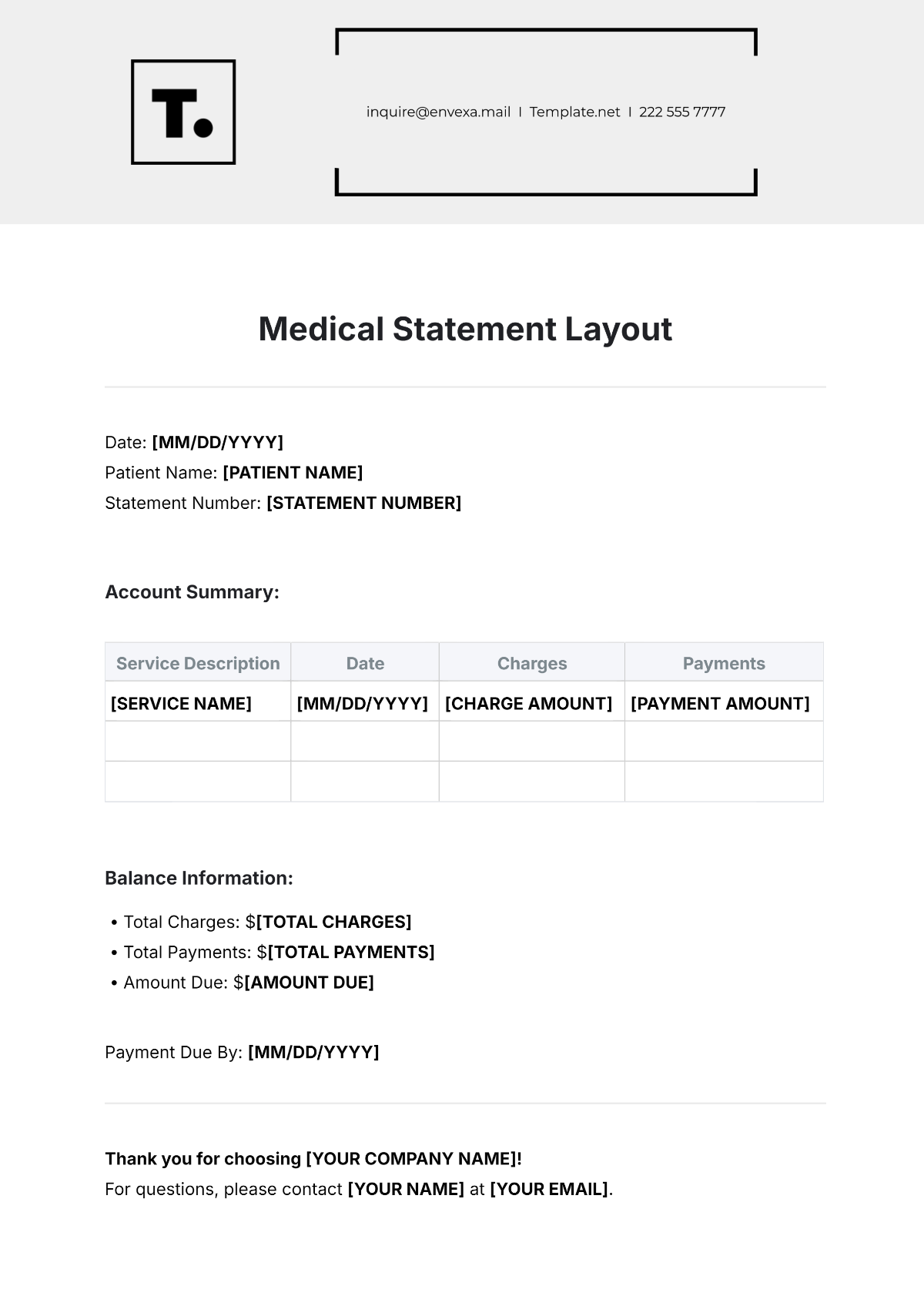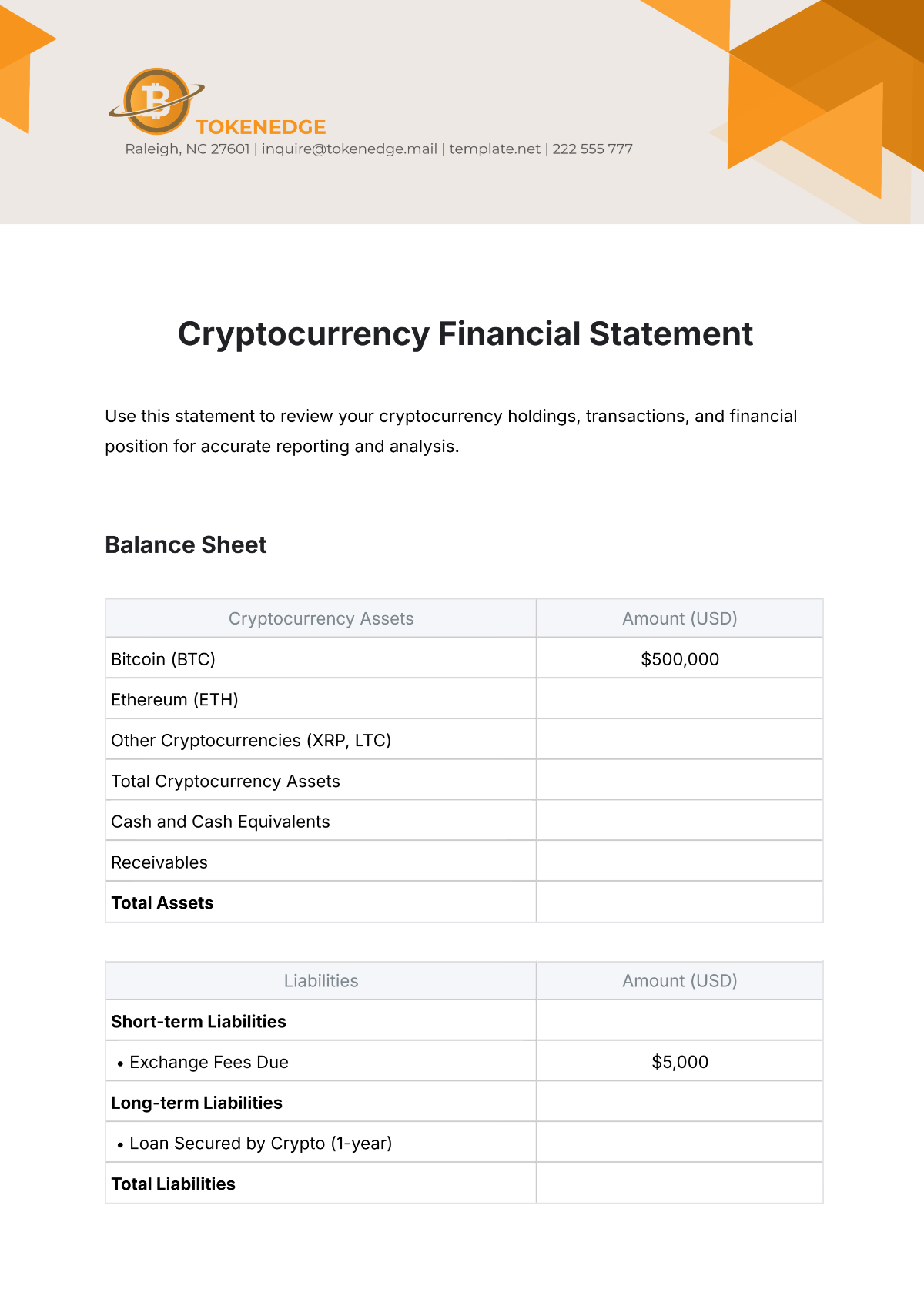Accounting Asset Risk Statement
Prepared by: [Your Name]
Date: [January 15, 2050]
Executive Summary:
The Accounting Asset Risk Statement serves as a comprehensive overview of potential risks associated with the management and valuation of assets within [Your Company Name]. This document is designed to identify, assess, and mitigate risks related to accounting practices, ensuring the integrity and accuracy of financial reporting.
Introduction
A. Purpose
The purpose of this statement is to provide transparency regarding the potential risks involved in the accounting treatment of assets. By addressing challenges related to valuation, depreciation, impairment, and other factors, [Your Company Name] aims to uphold the highest standards of financial reporting.
B. Scope
This statement covers all asset categories within [Your Company Name] financial portfolio, encompassing tangible and intangible assets held by the organization.
Identified Risks
A. Valuation Risks
One of the primary challenges lies in accurately valuing assets, particularly in the context of market fluctuations and changing economic conditions. [Your Company Name] acknowledges the need for a robust valuation methodology that considers external factors influencing asset values.
B. Depreciation and Amortization Risks
Risks associated with the chosen methods for depreciation and amortization are carefully assessed. Technological advancements and changes in industry standards are monitored to ensure that these methods remain relevant and reflective of the assets' true economic life.
C. Impairment Risks
[Your Company Name] recognizes the potential for impairment risks, especially in dynamic market conditions. Regular assessments are conducted to identify any indicators of impairment, and proactive measures are in place to address such concerns promptly.
D. Compliance Risks
Non-compliance with accounting standards, regulations, or internal policies poses a significant risk. [Your Company Name] places a strong emphasis on adherence to these frameworks, regularly reviewing and updating procedures to ensure ongoing compliance.
Mitigation Strategies
A. Robust Valuation Procedures
To address valuation risks, [Your Company Name] has implemented a stringent valuation process, incorporating industry best practices and leveraging external expert opinions. Regular assessments are conducted to align asset values with prevailing market conditions.
B. Continuous Monitoring
Ongoing monitoring mechanisms are in place to track changes in asset values, depreciation, and impairment indicators. This proactive approach allows [Your Company Name] to respond swiftly to emerging risks and make necessary adjustments to mitigate potential impacts.
C. Regulatory Compliance Measures
[Your Company Name] is committed to maintaining compliance with accounting standards, regulatory requirements, and internal policies. This includes periodic reviews of procedures and continuous staff training to ensure a comprehensive understanding of evolving regulations.
Conclusion
[Your Company Name] recognizes the critical importance of effectively managing asset-related risks to uphold the organization's financial health and credibility. The strategies outlined in this Accounting Asset Risk Statement exemplify our commitment to sound accounting practices, transparency, and adherence to industry standards.
For further inquiries or additional information, please contact:
[Your Company Name]
[Your Company Email]
[Your Company Number]
